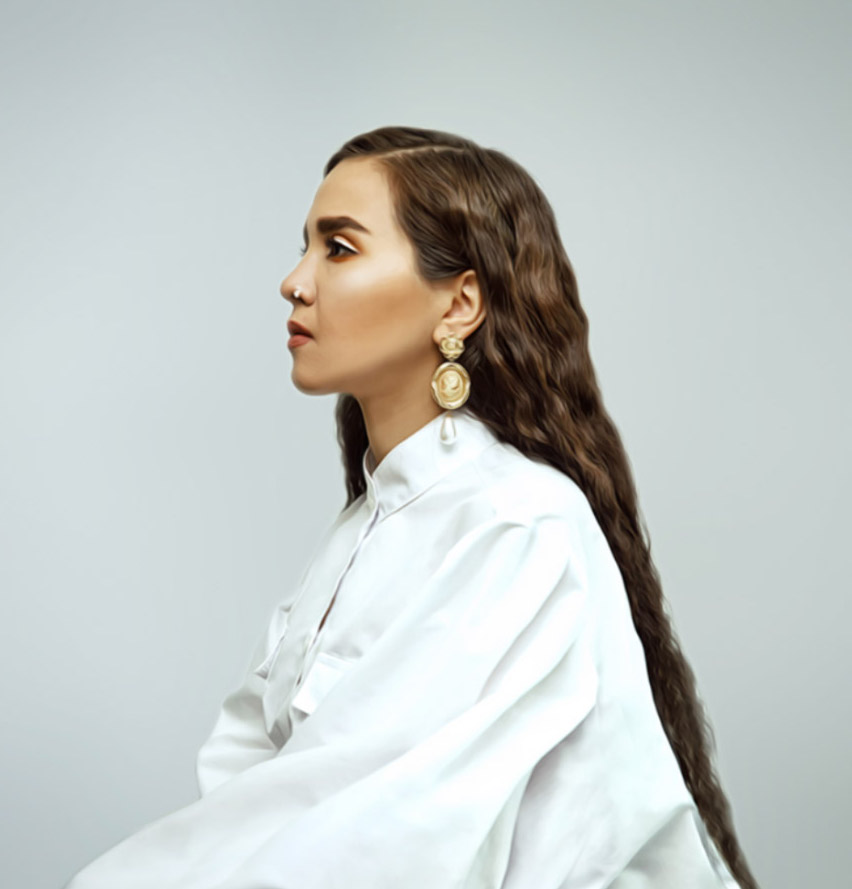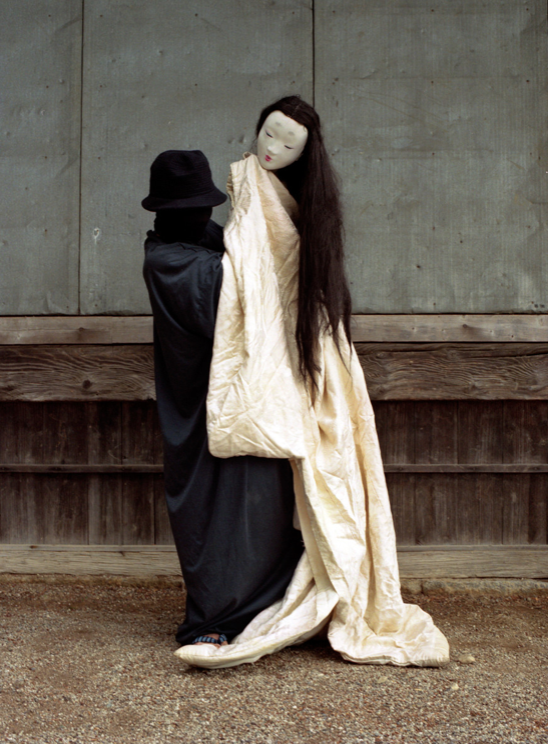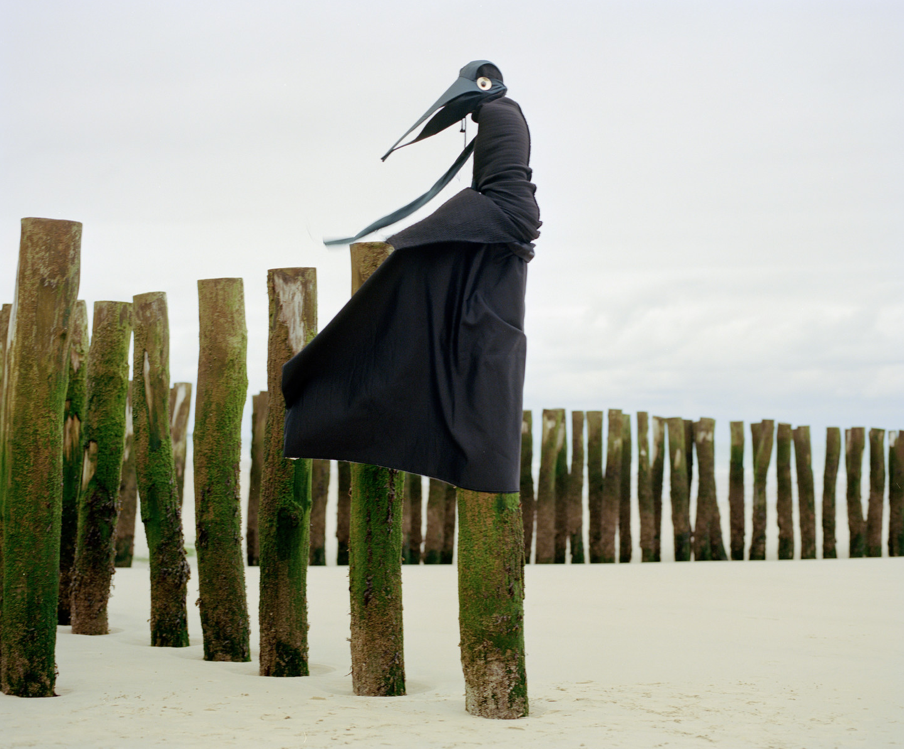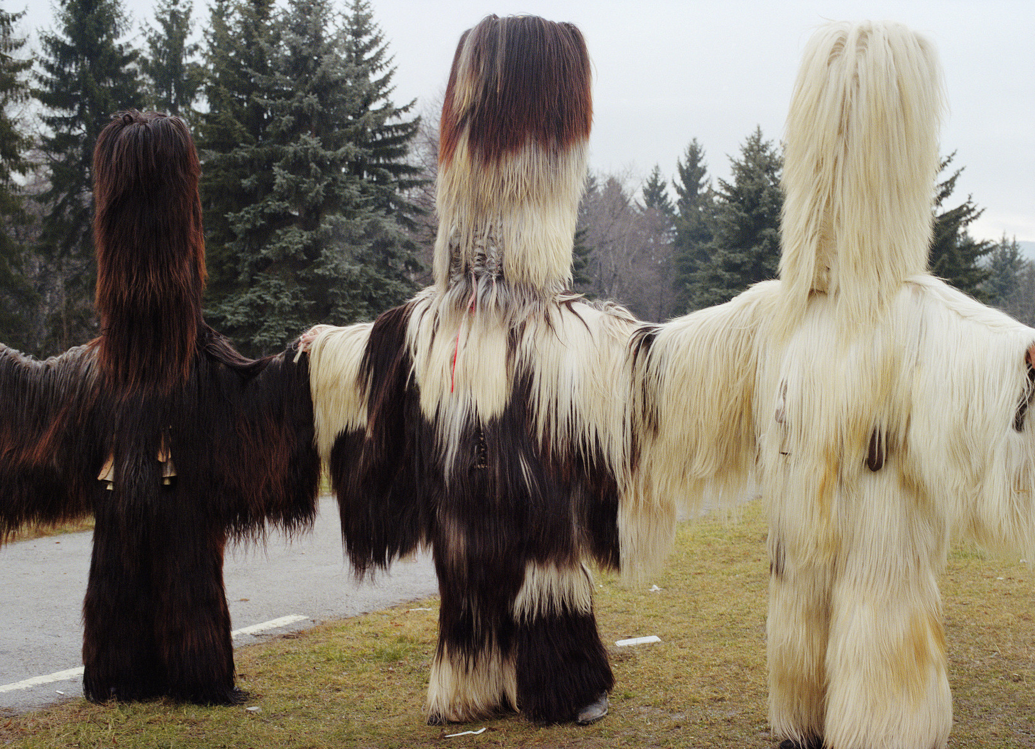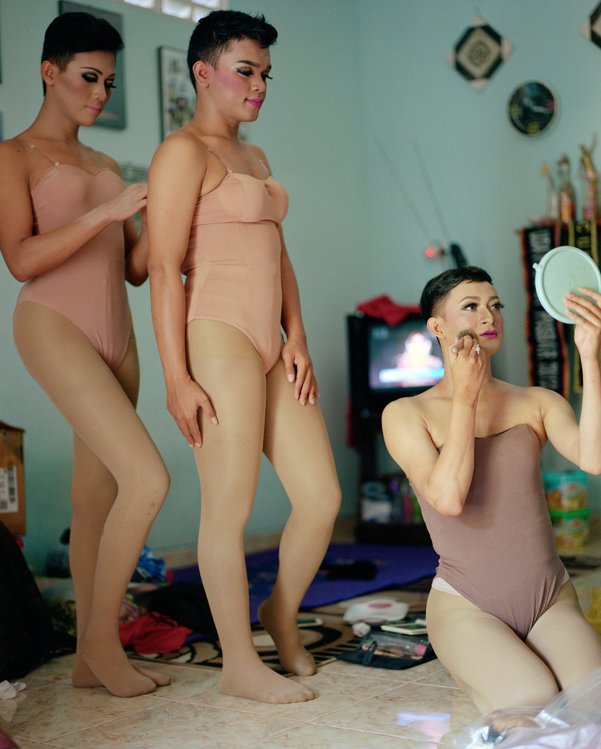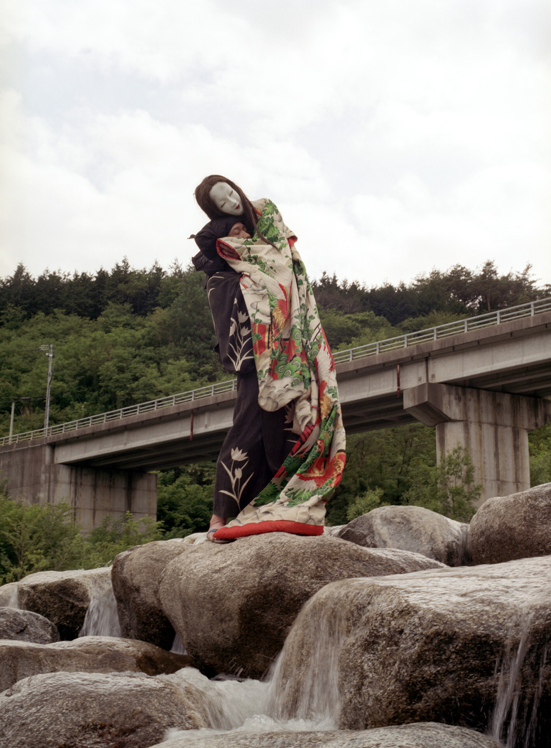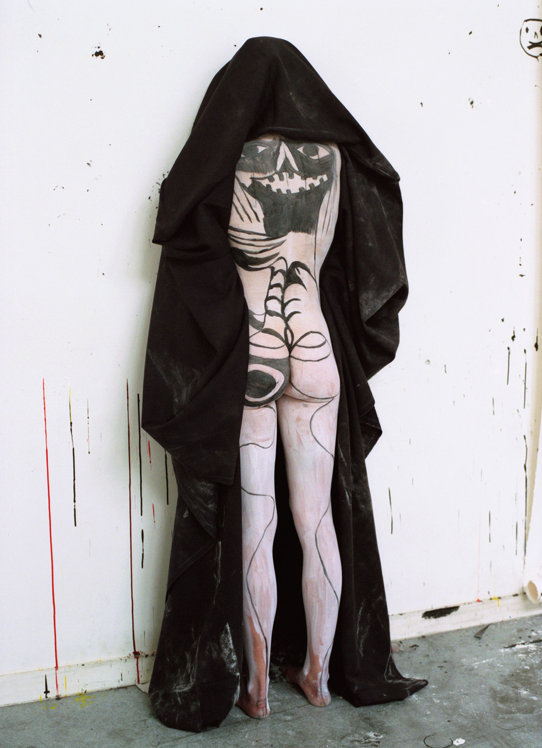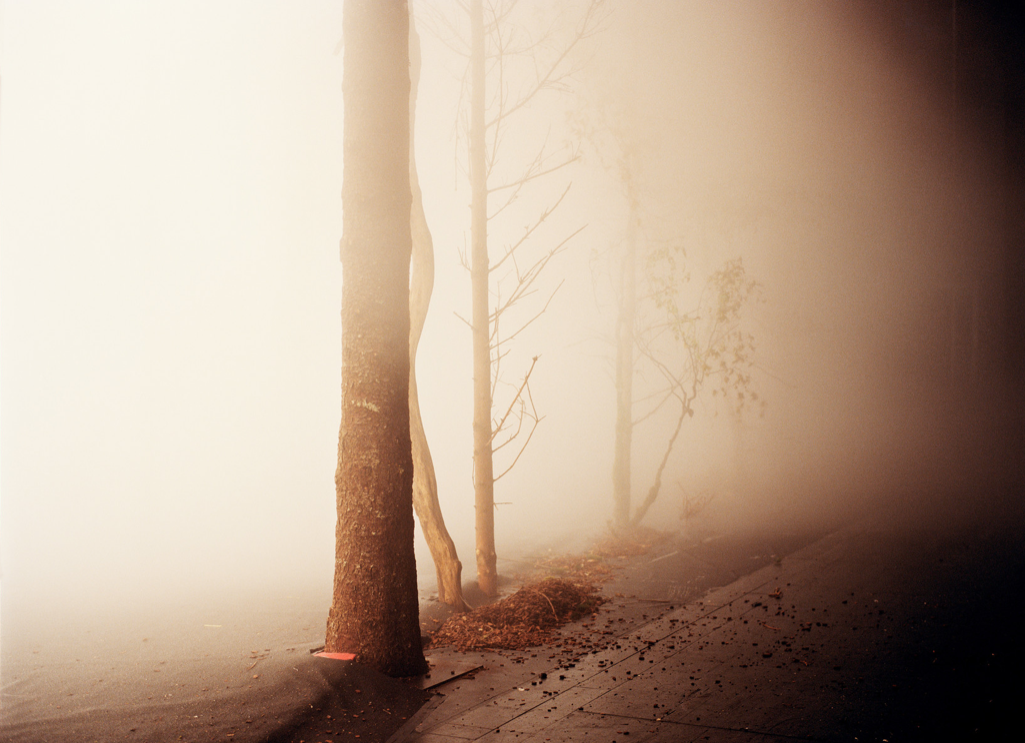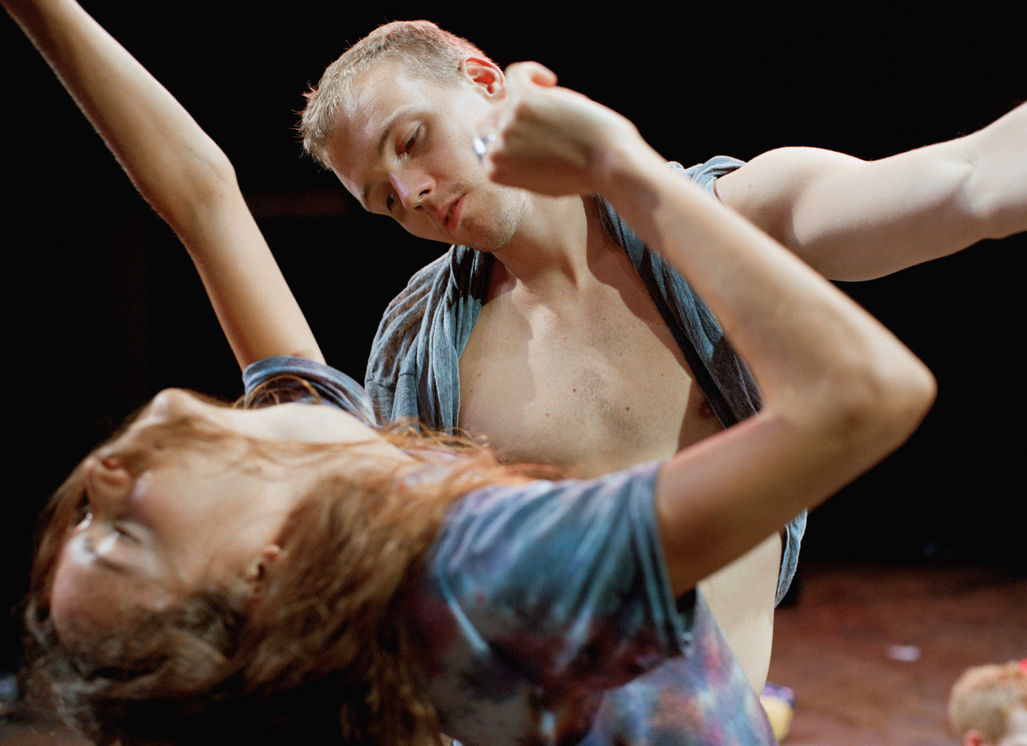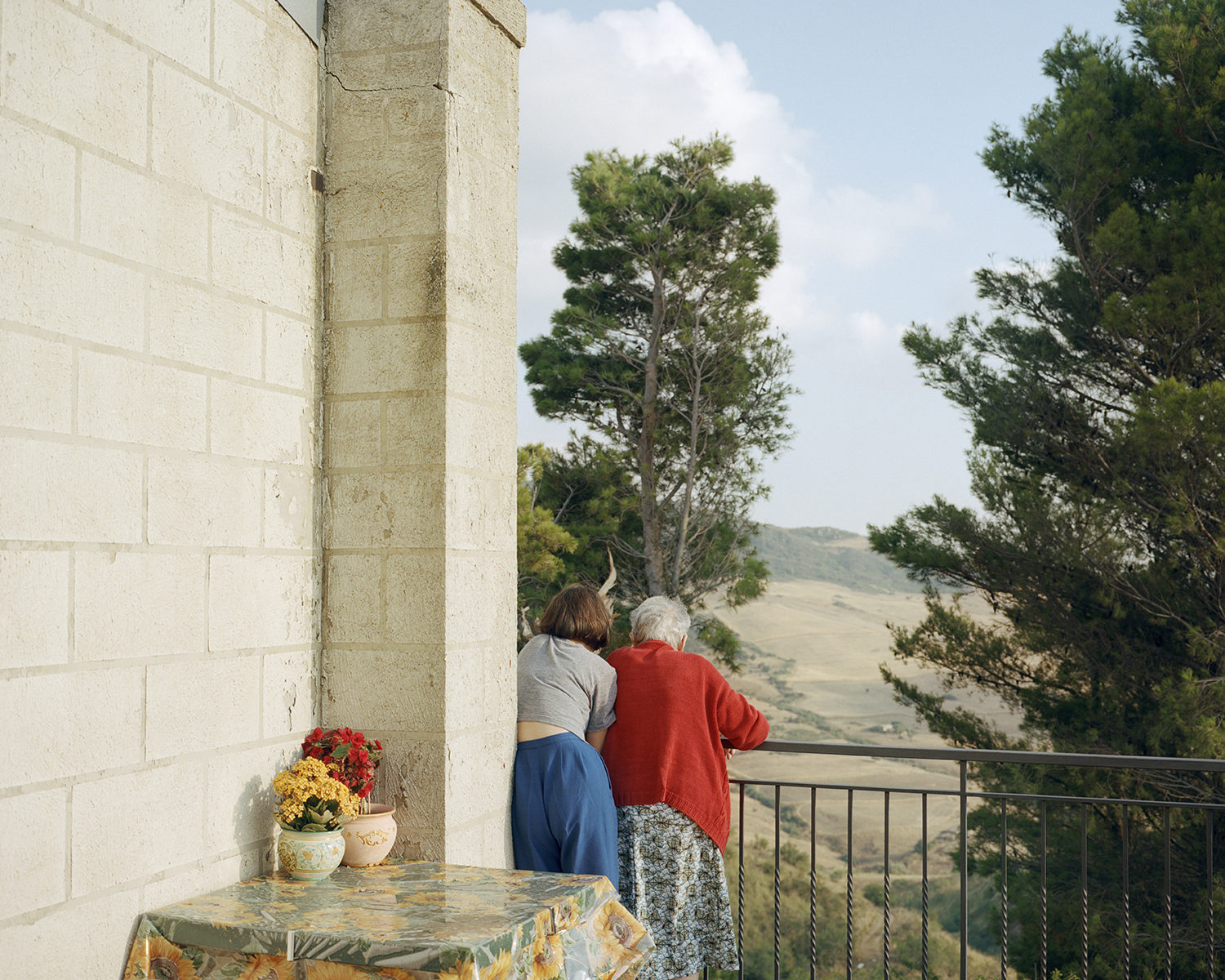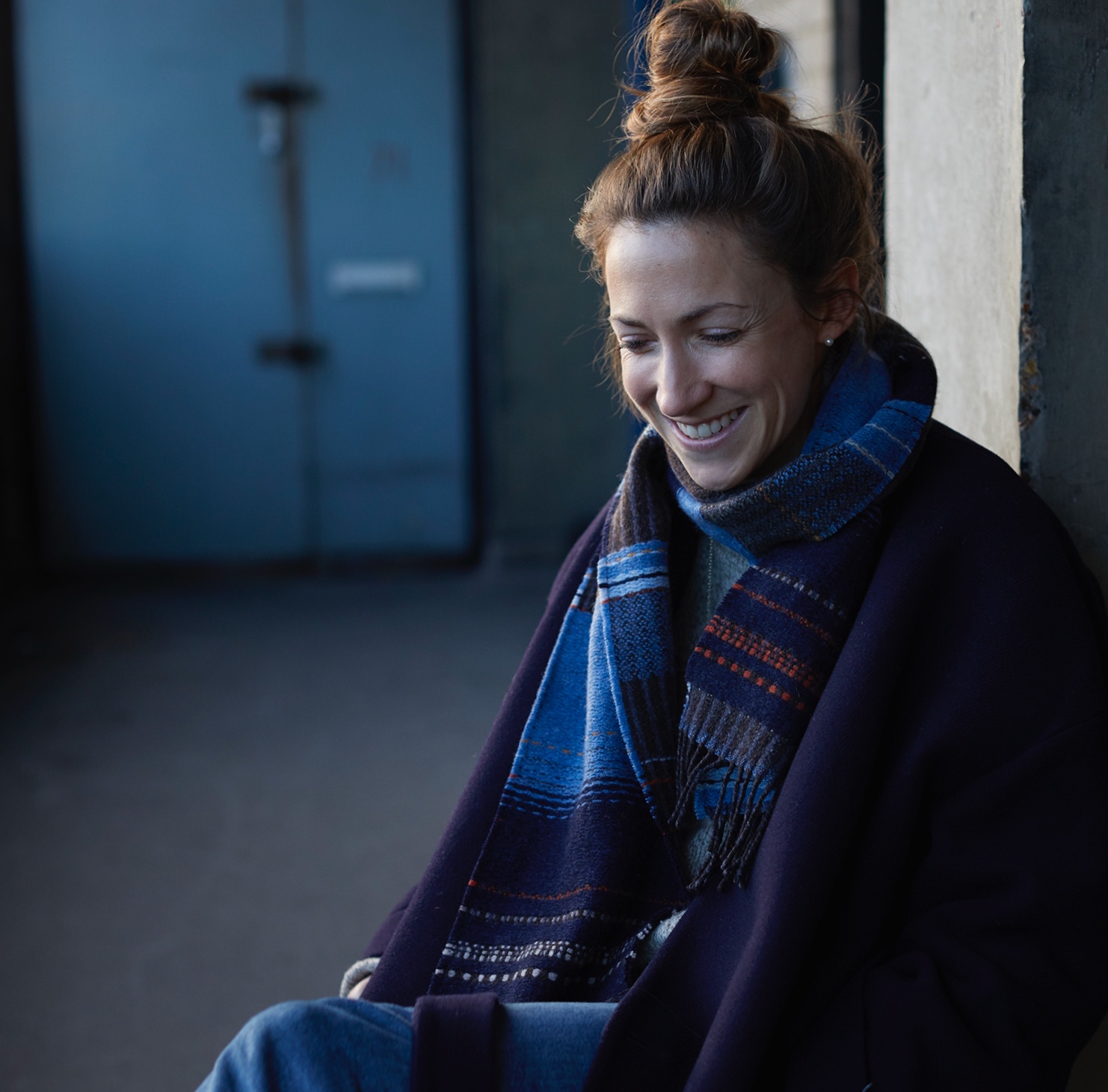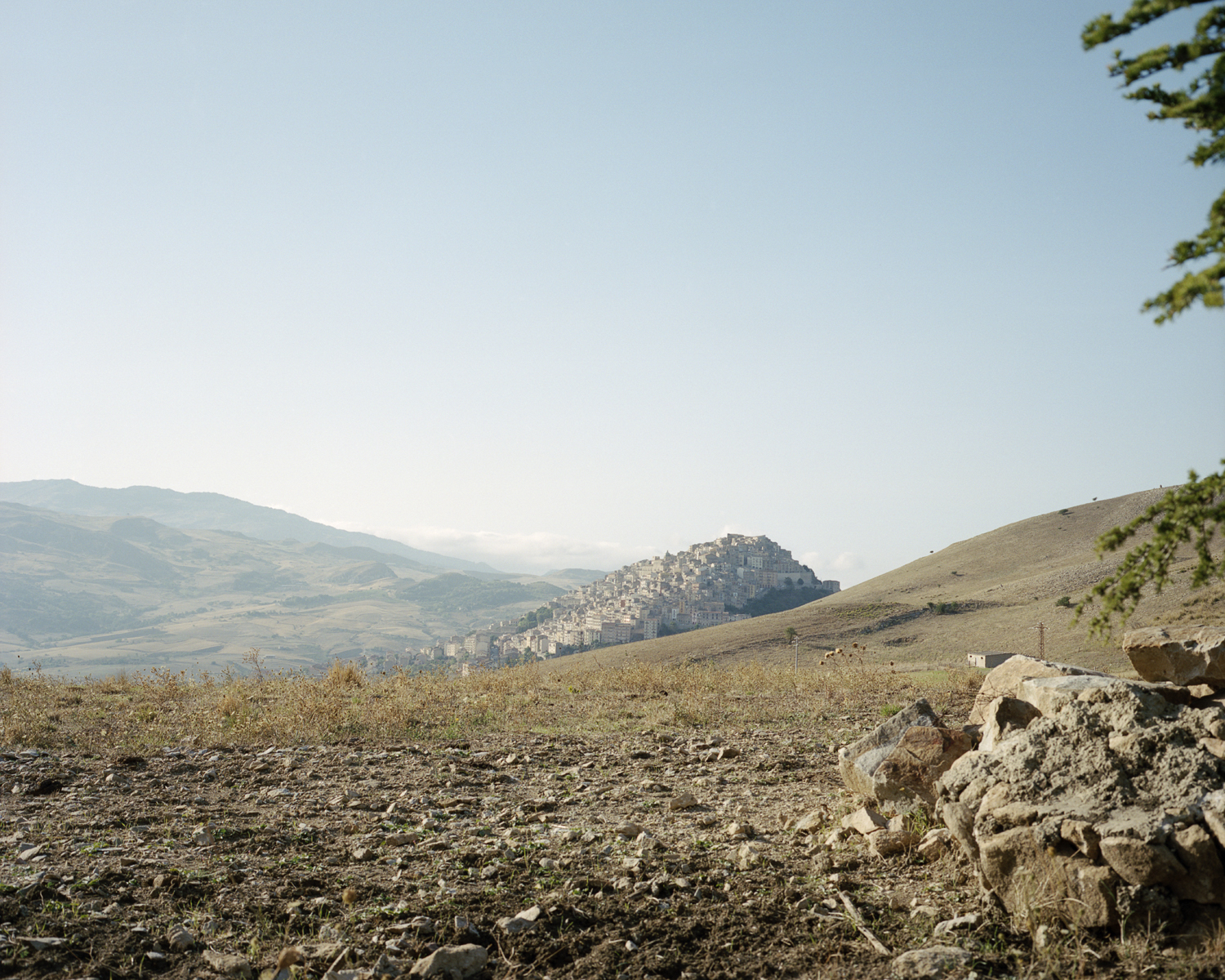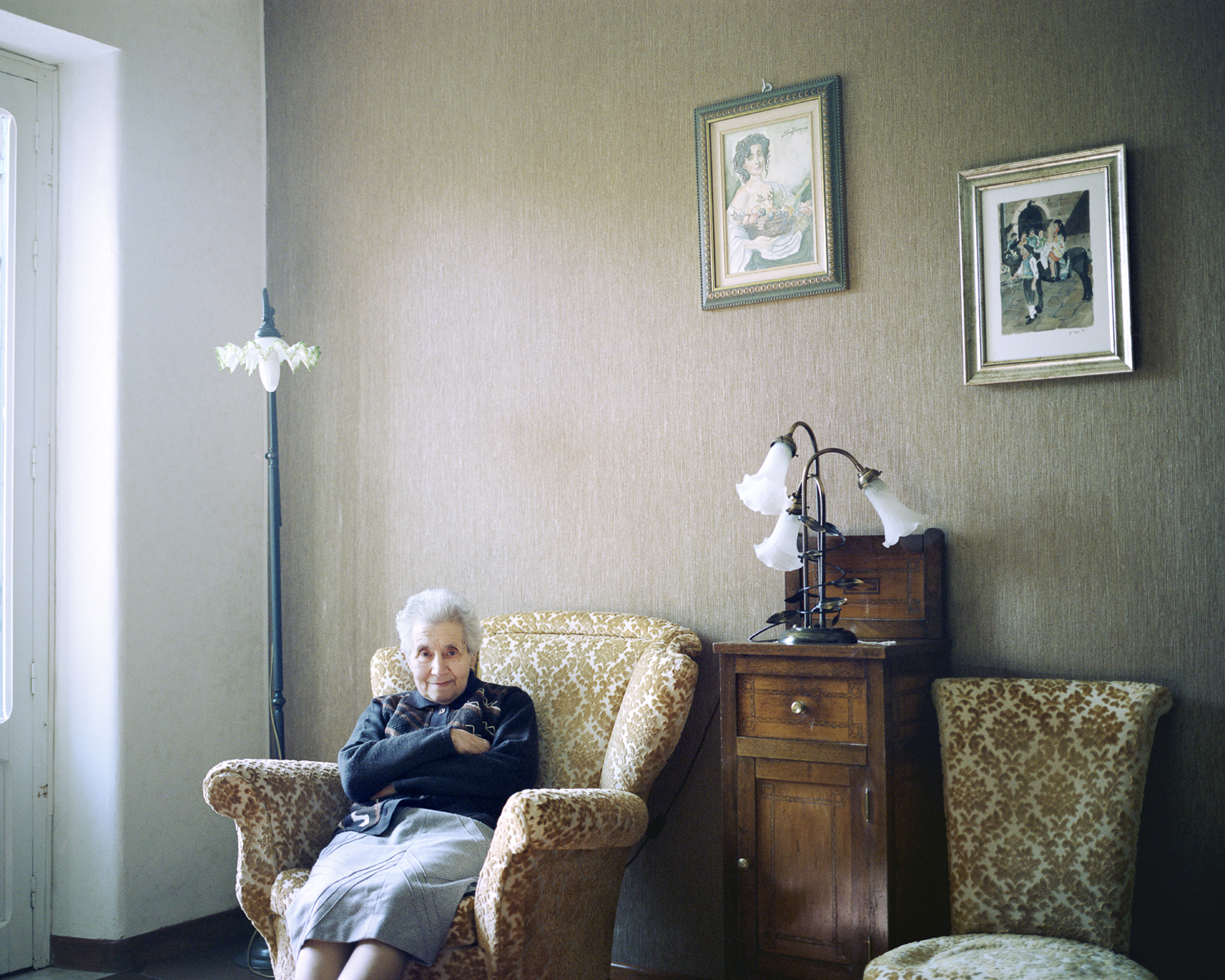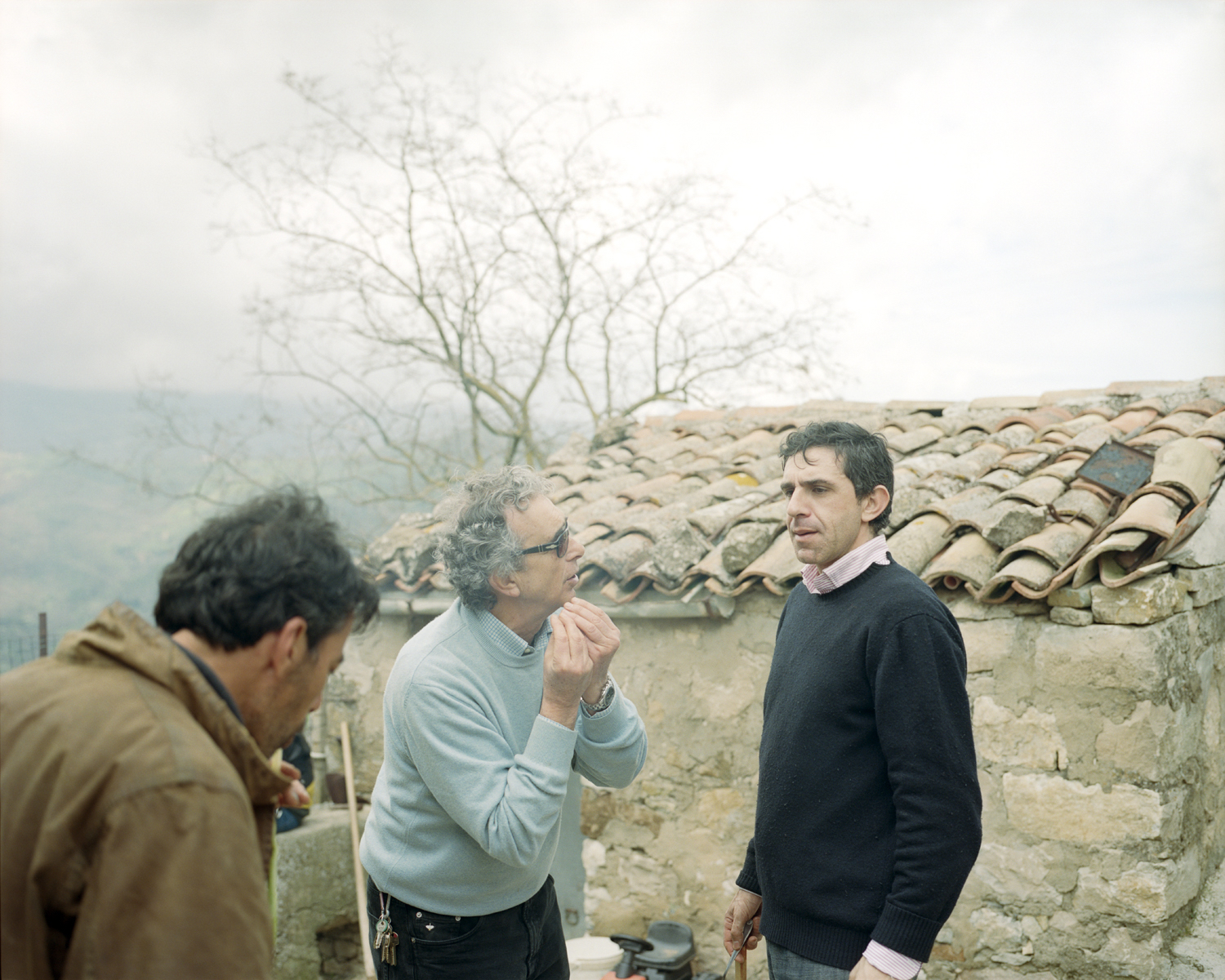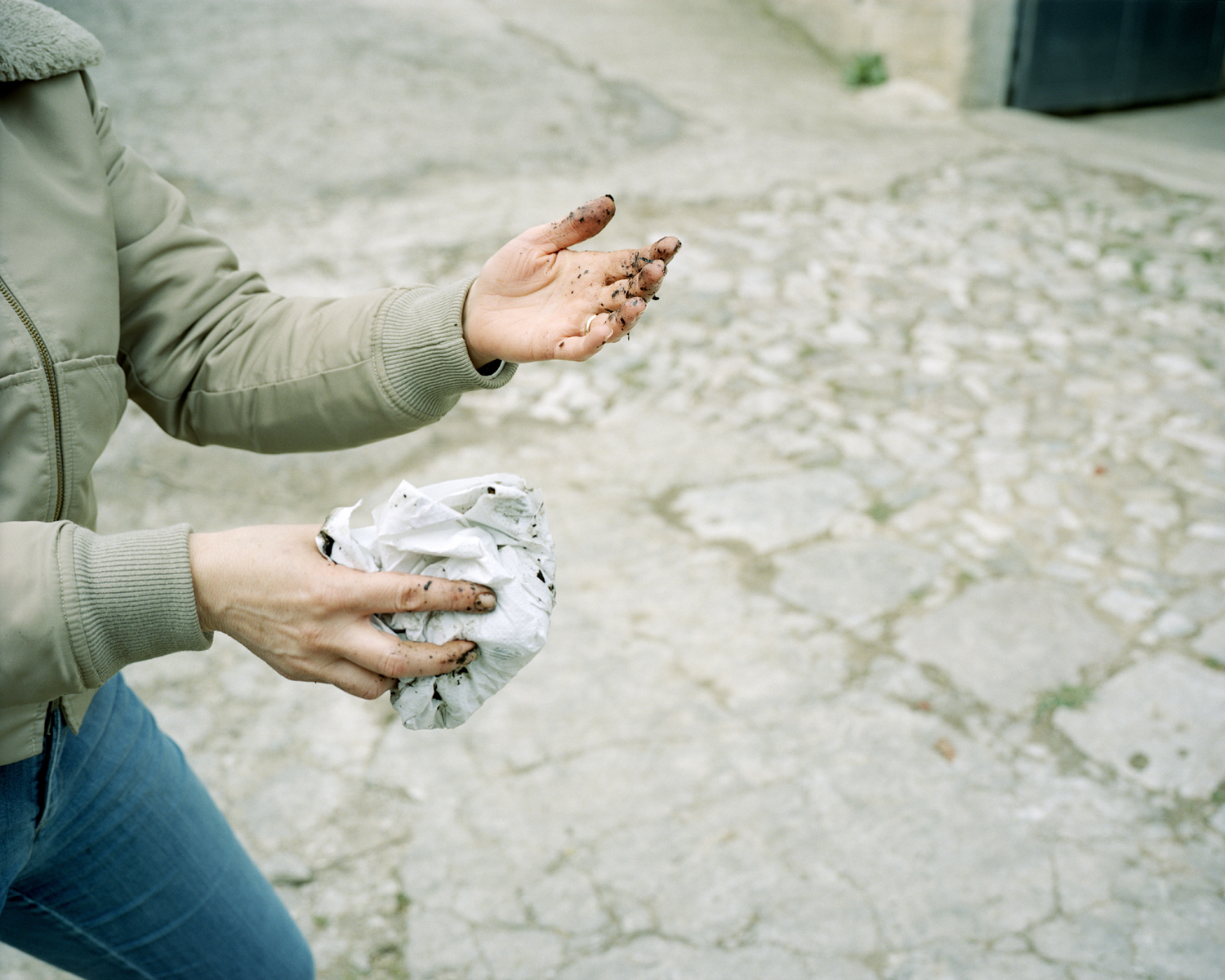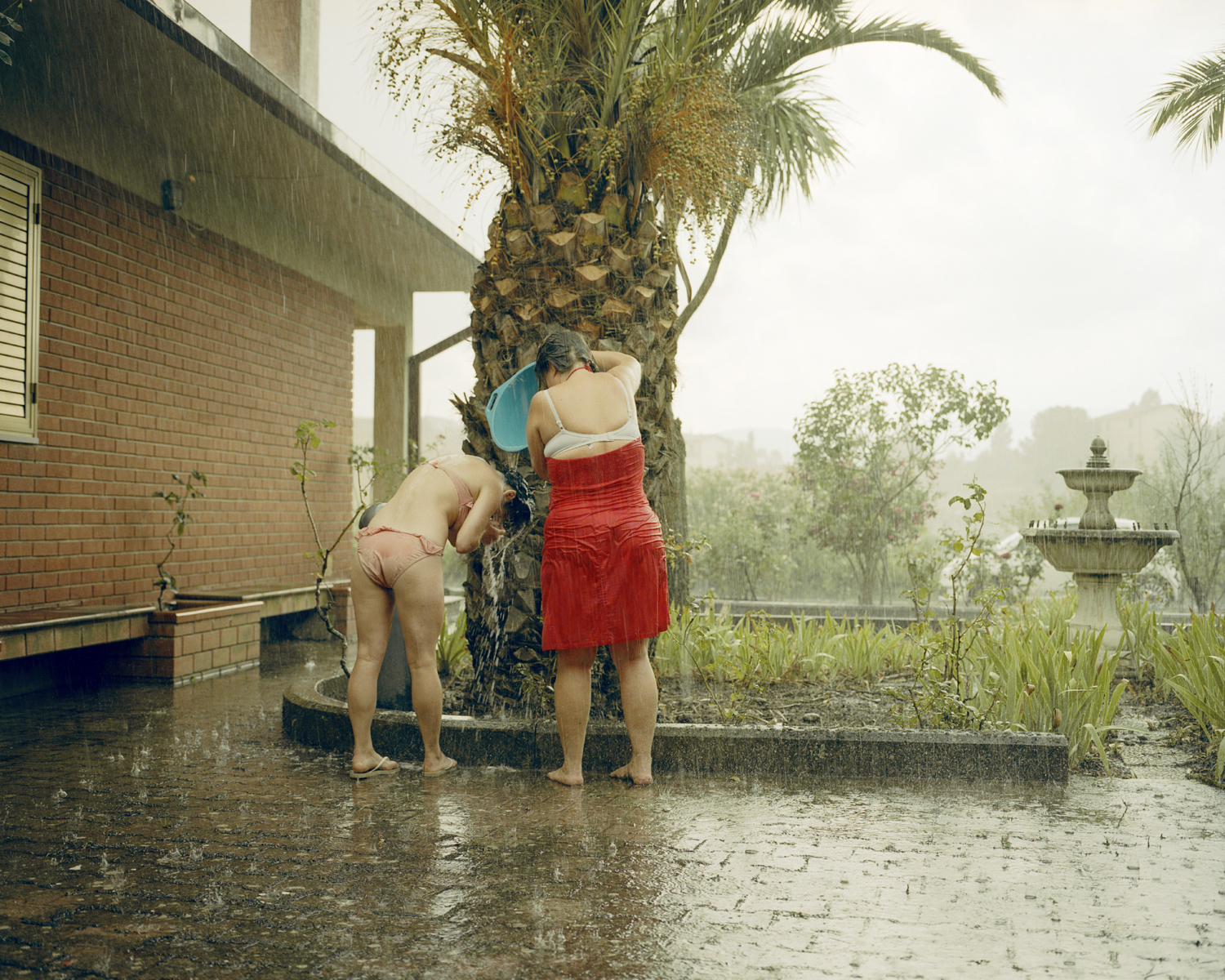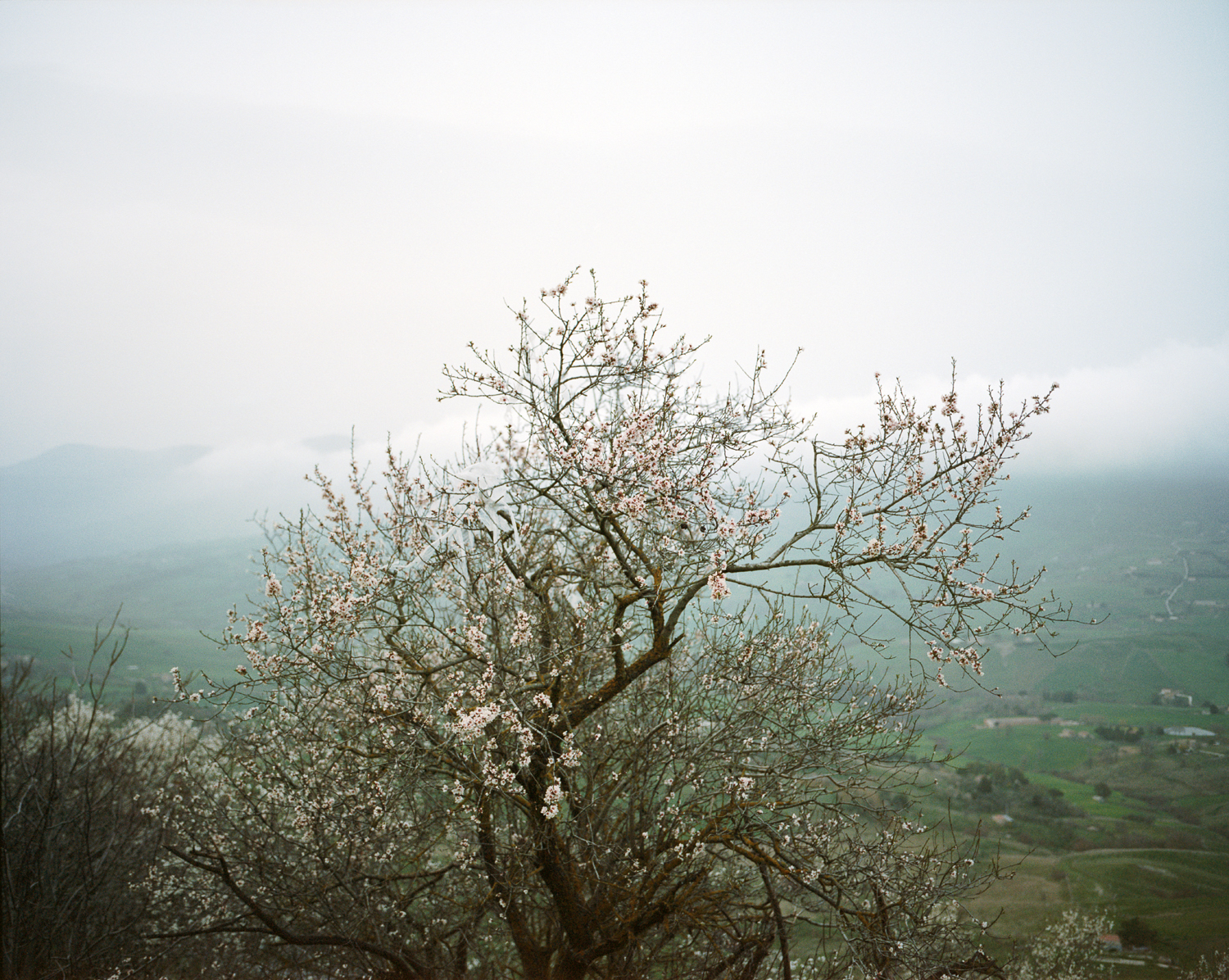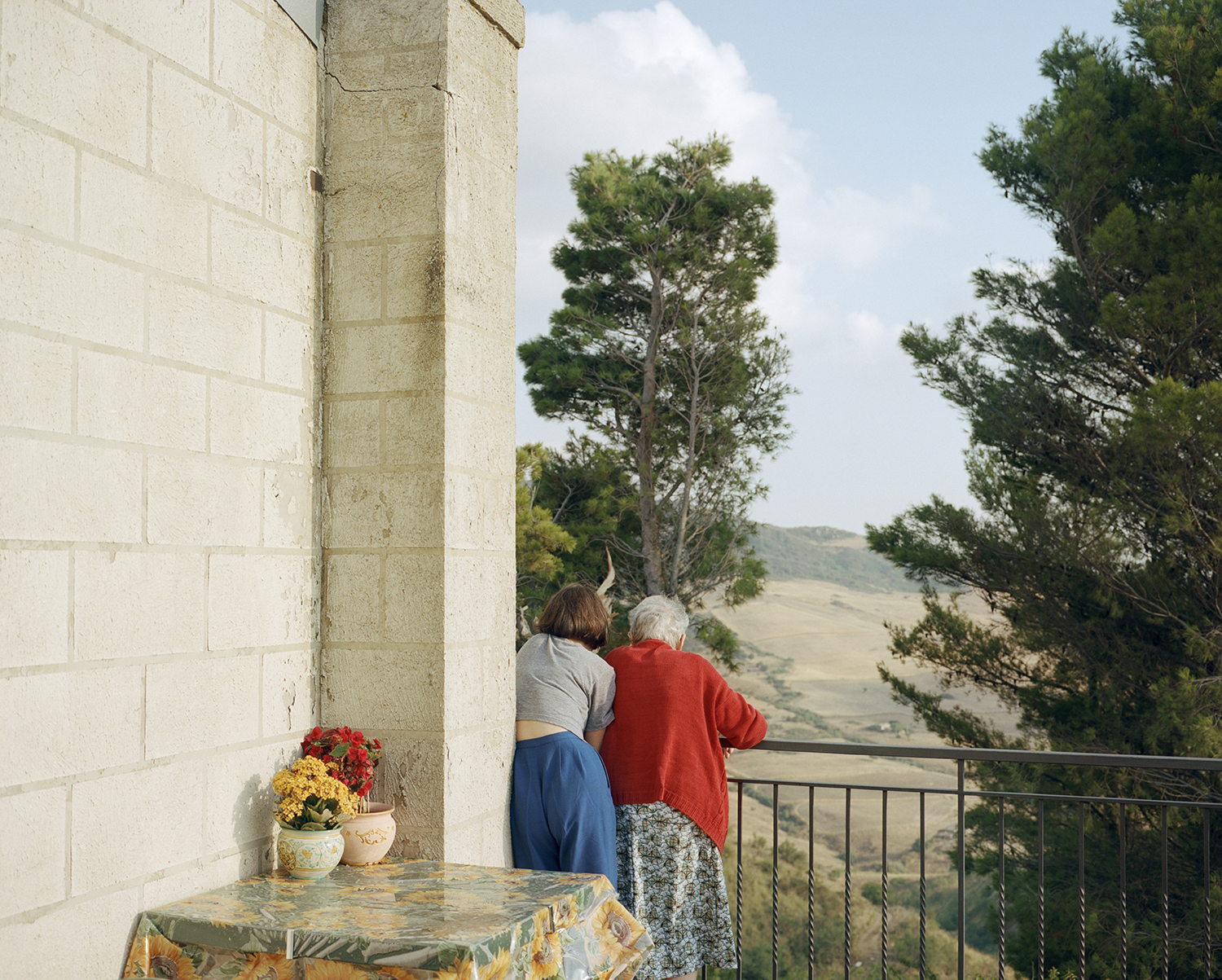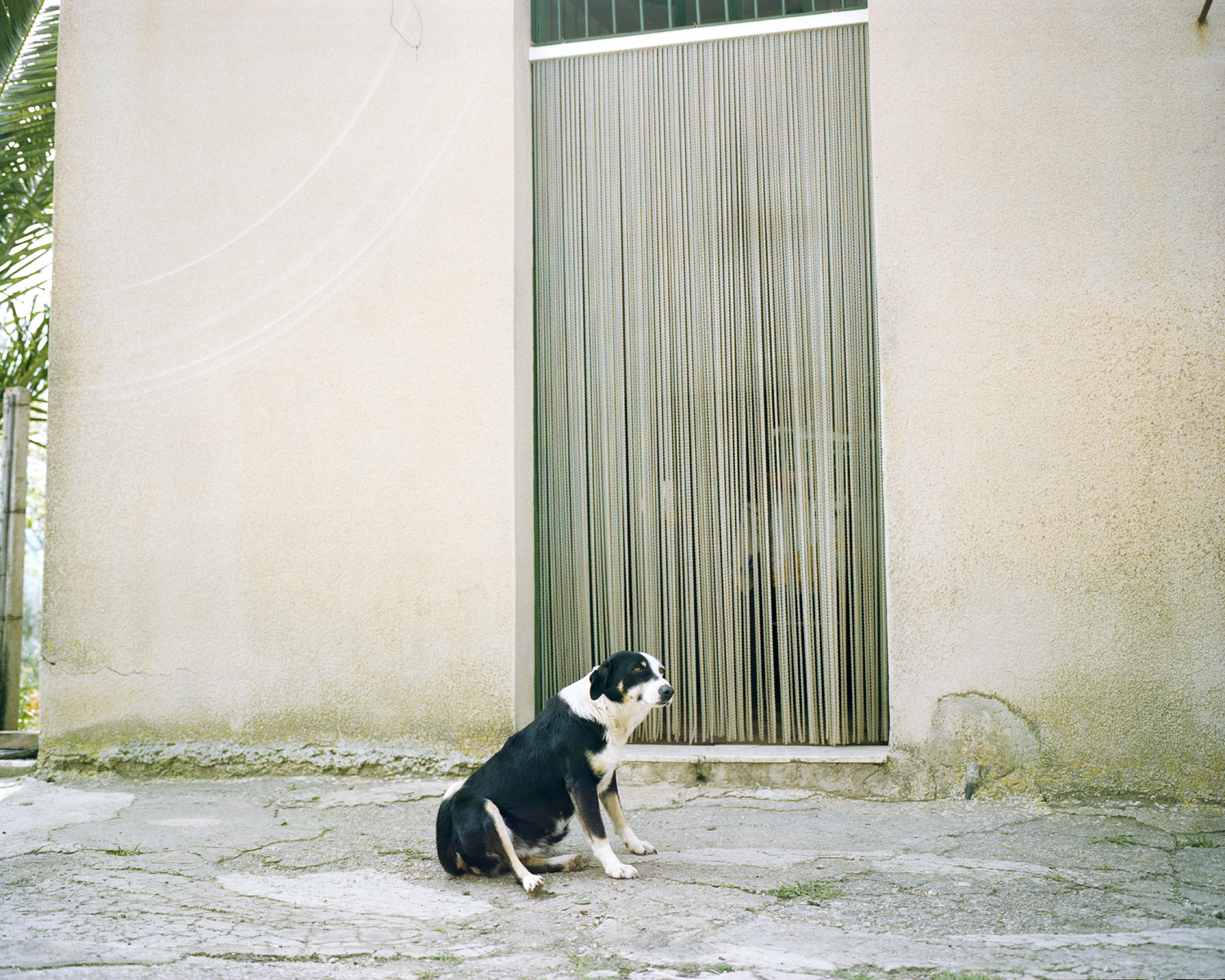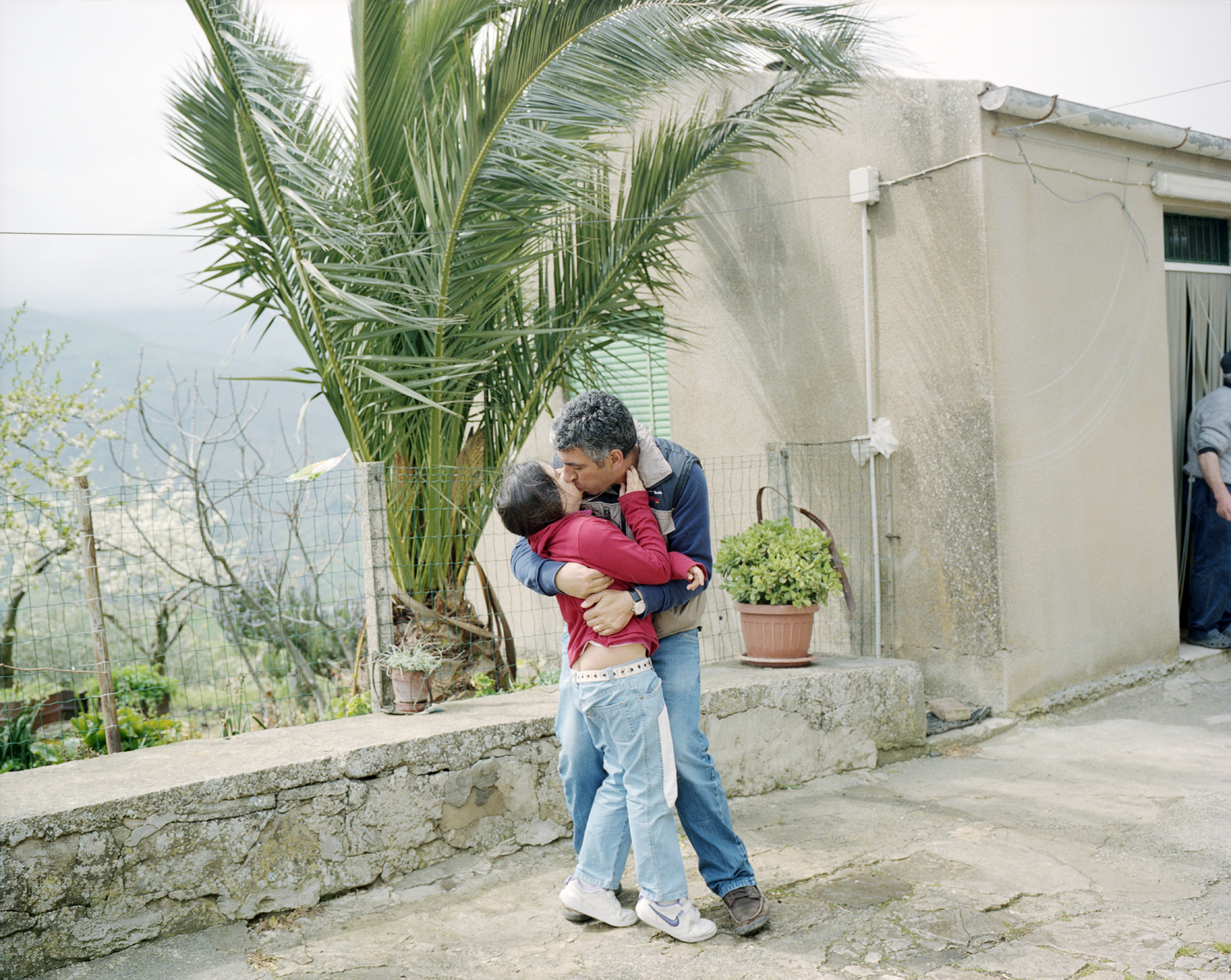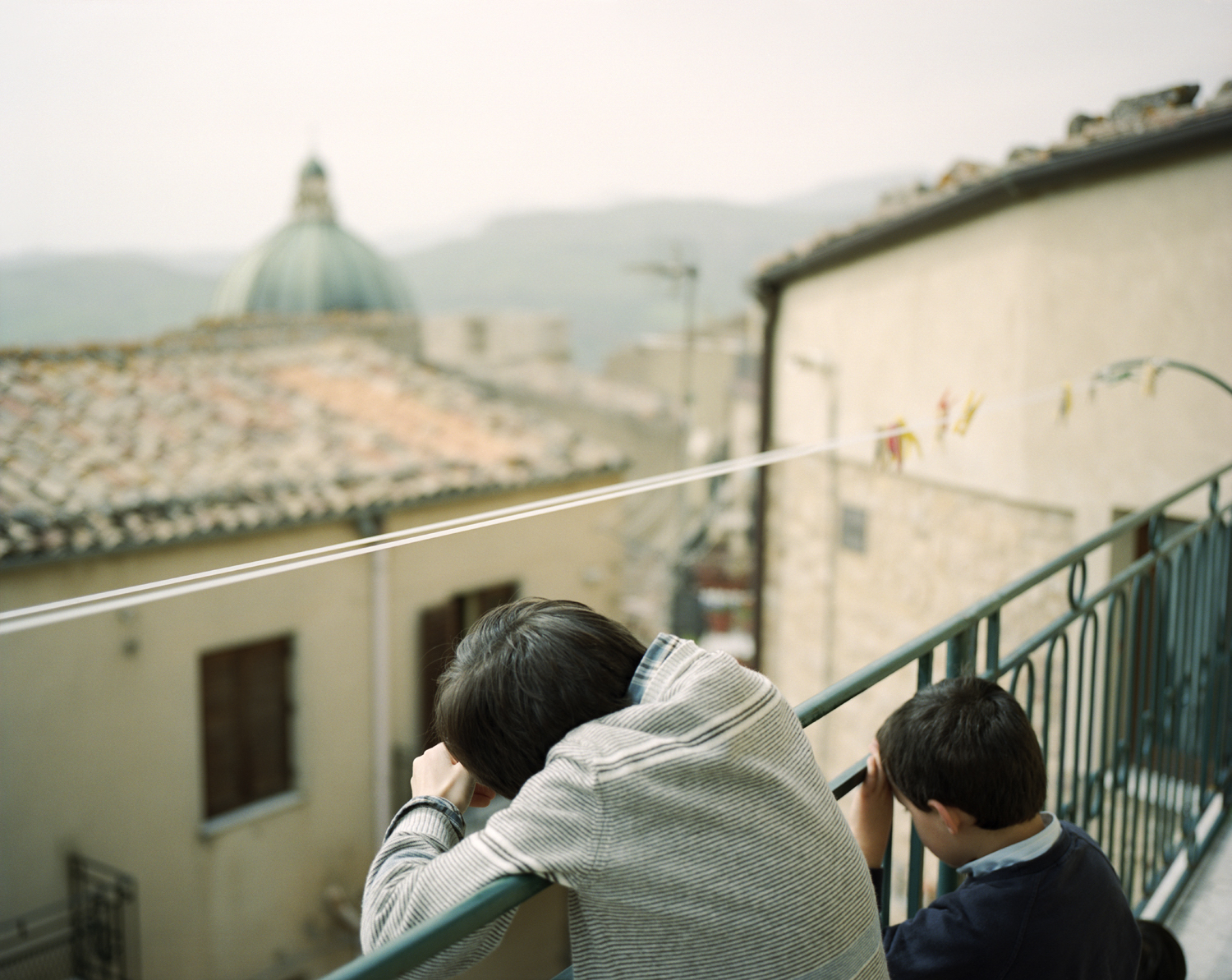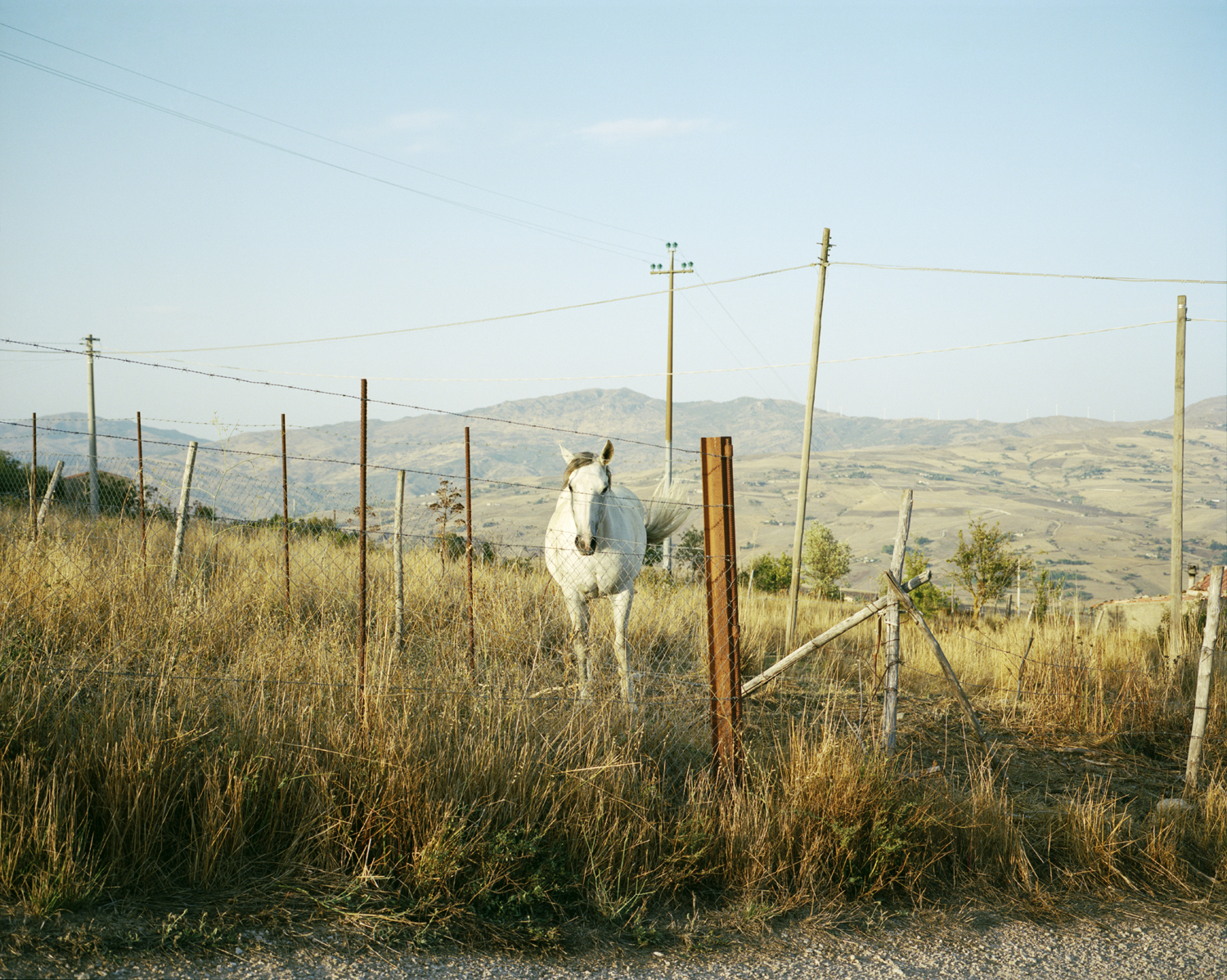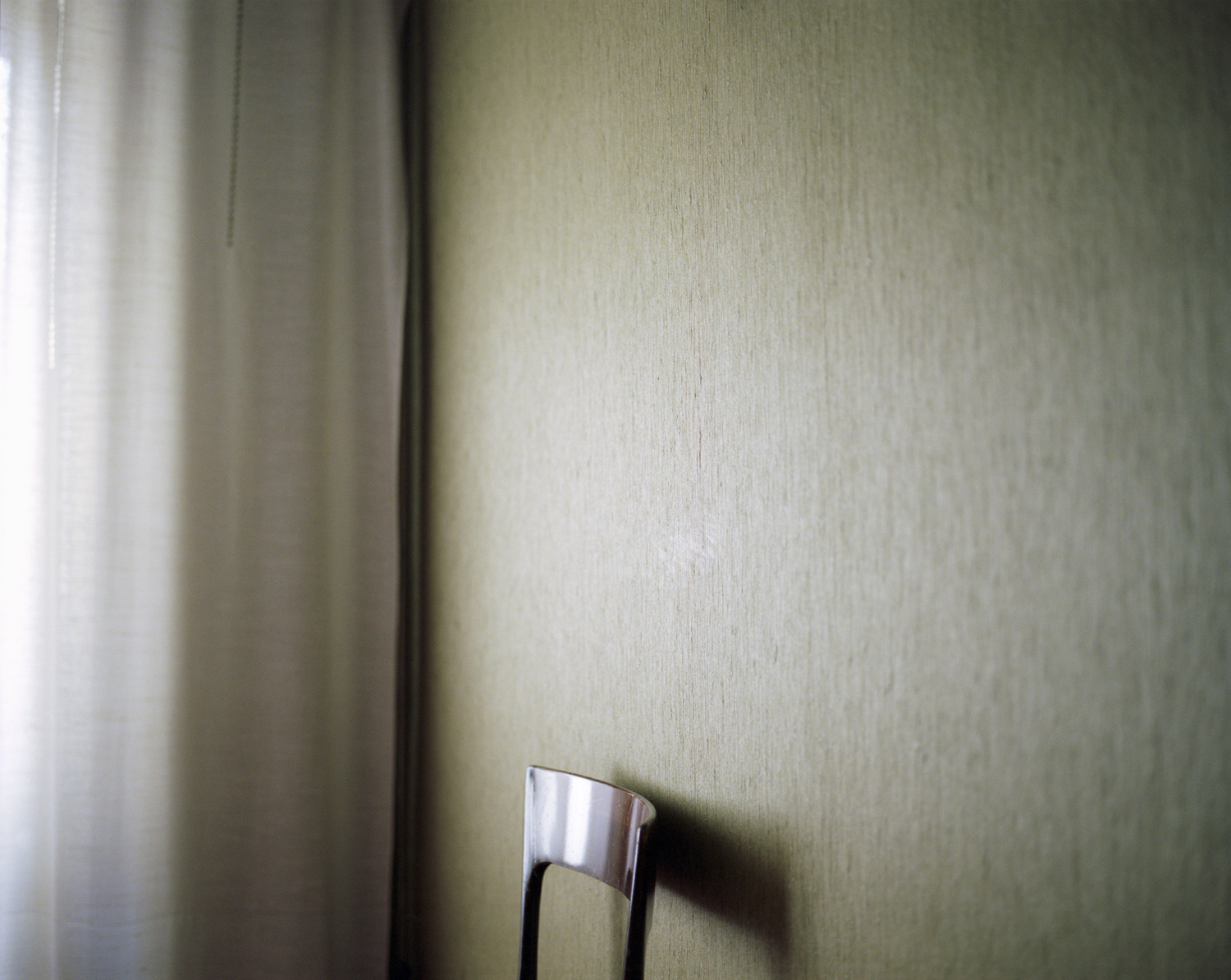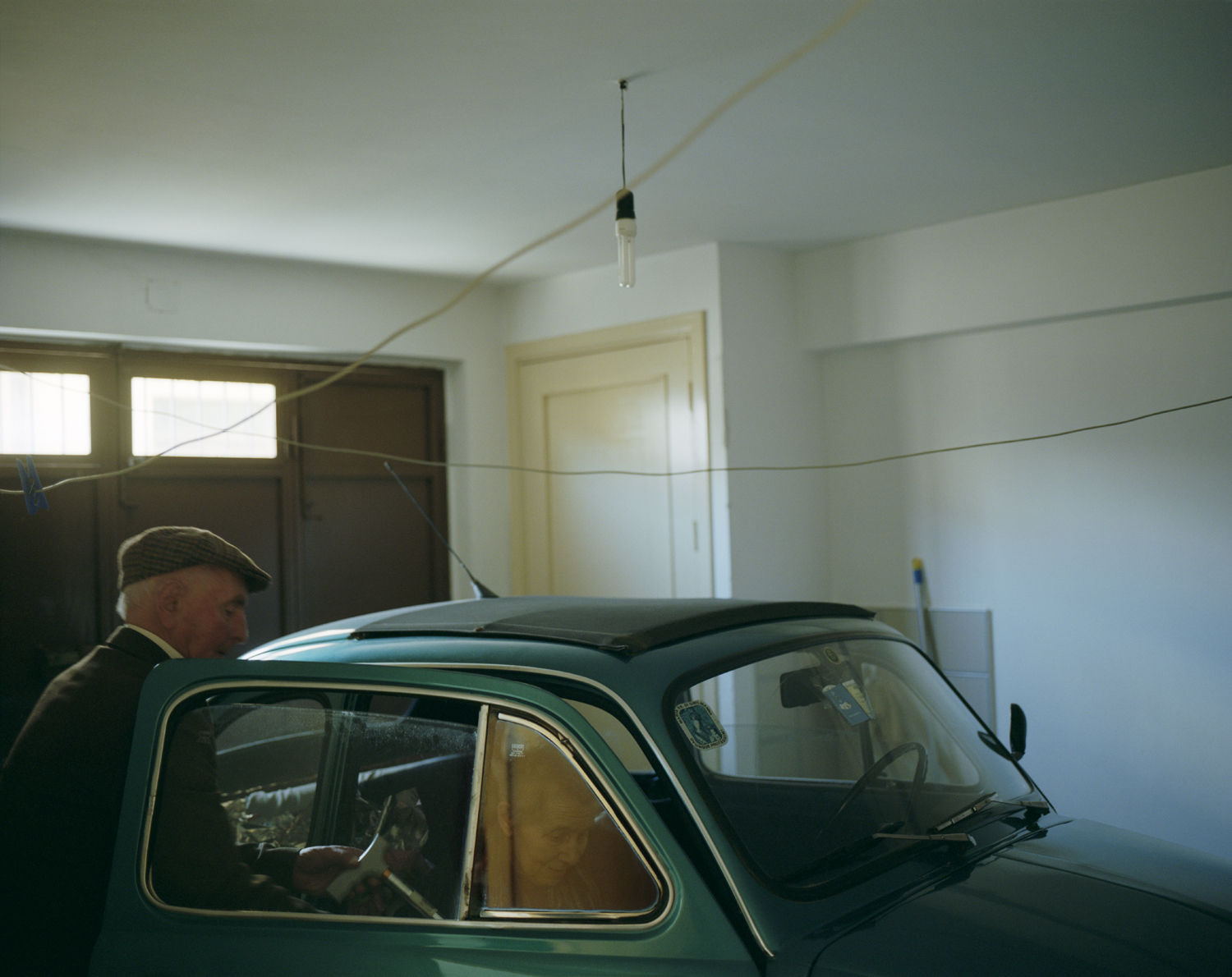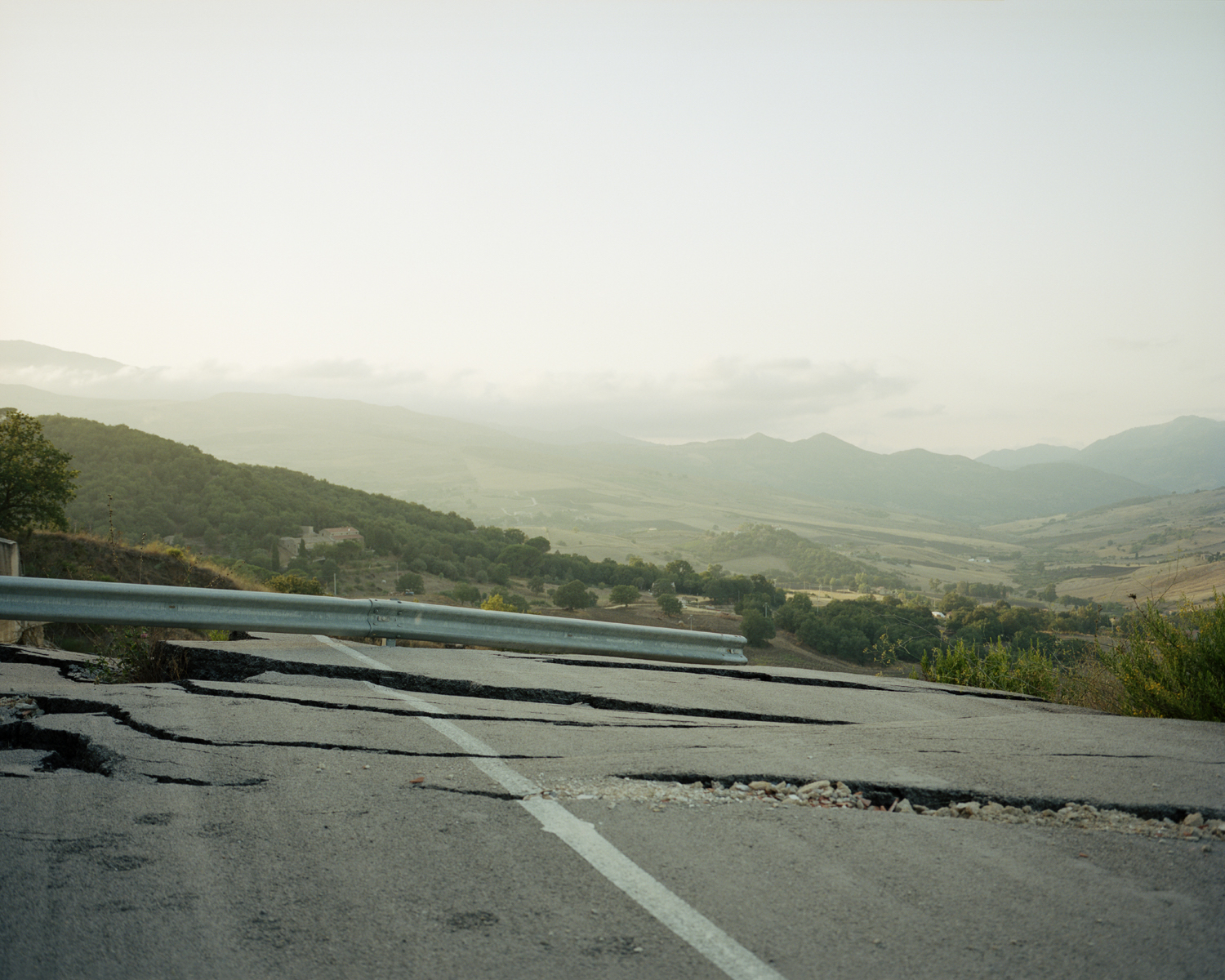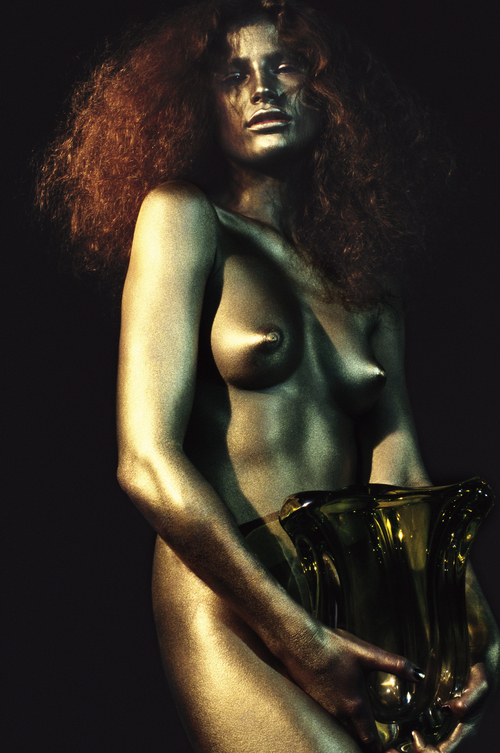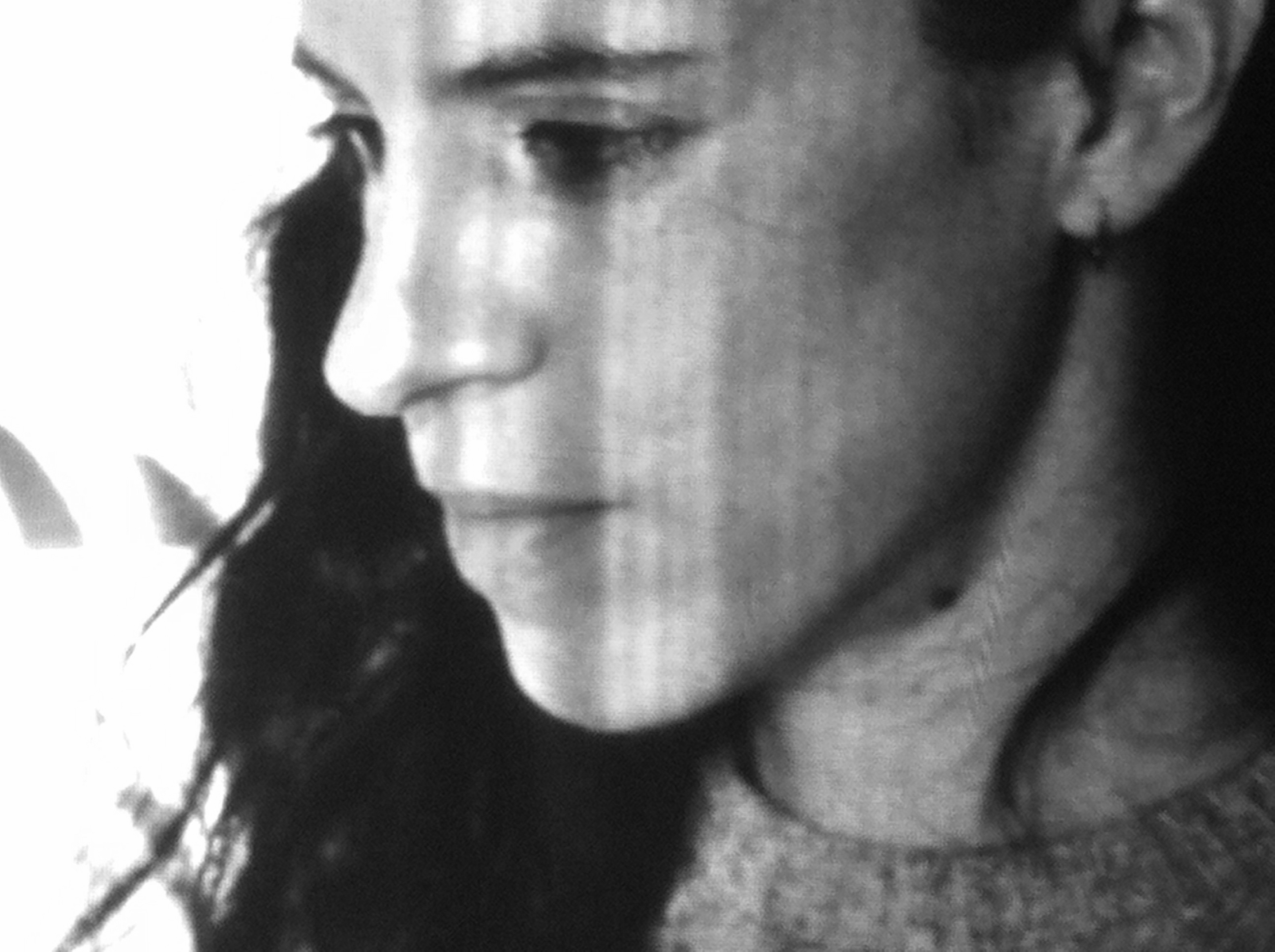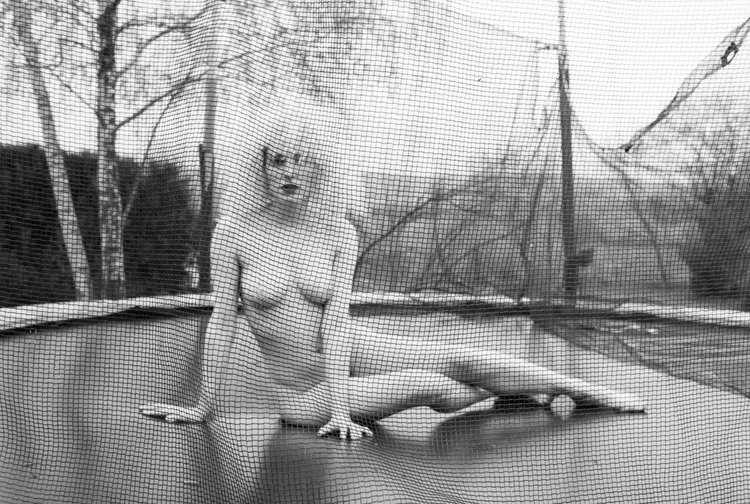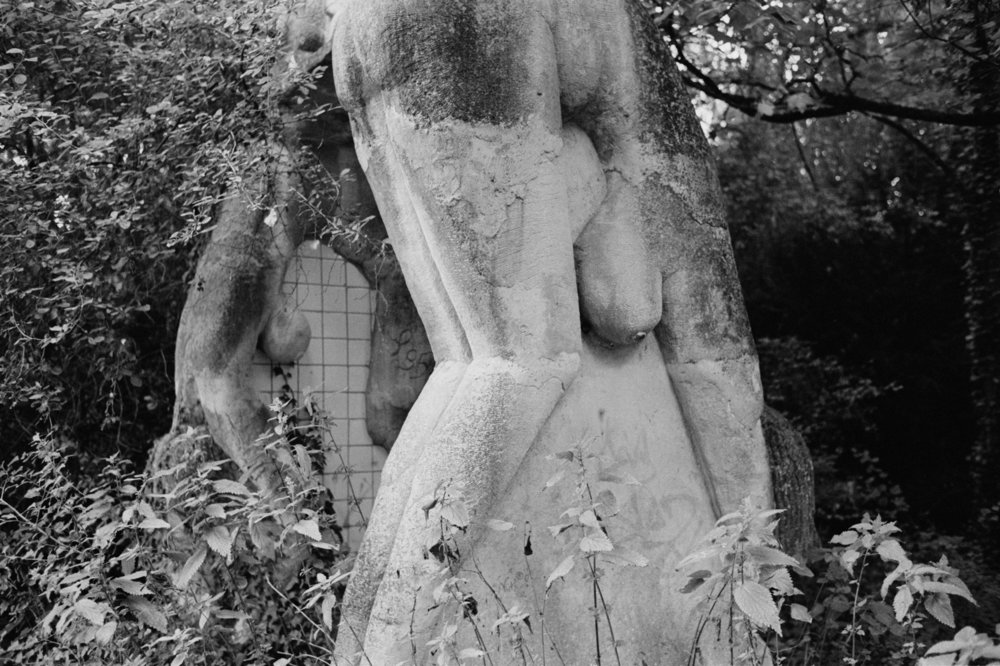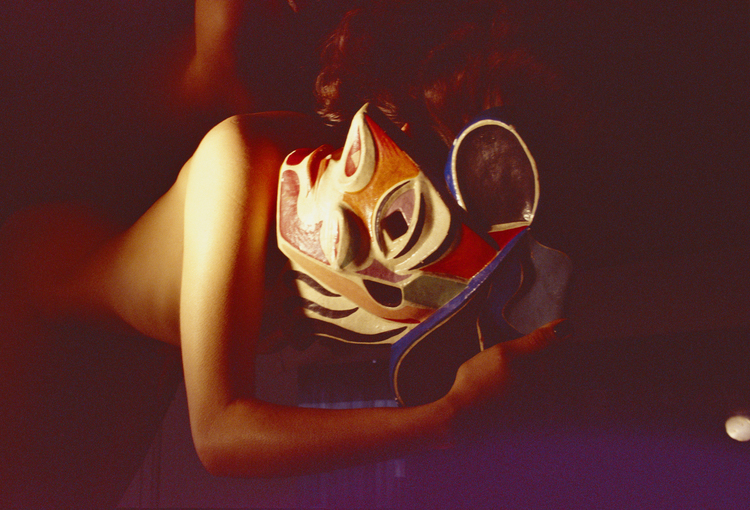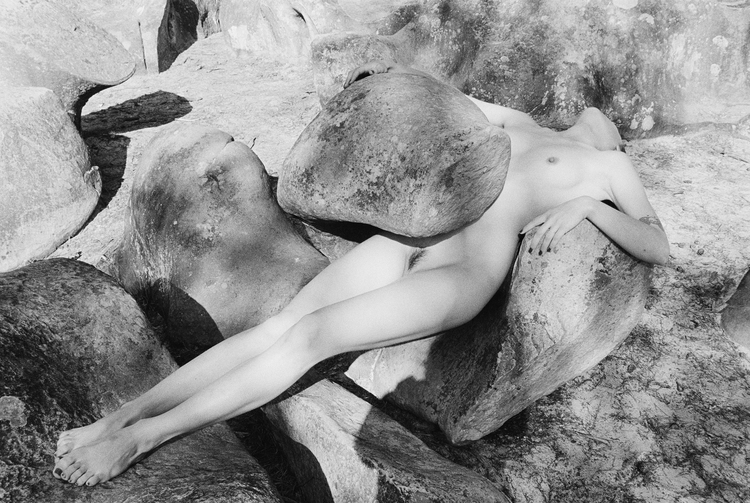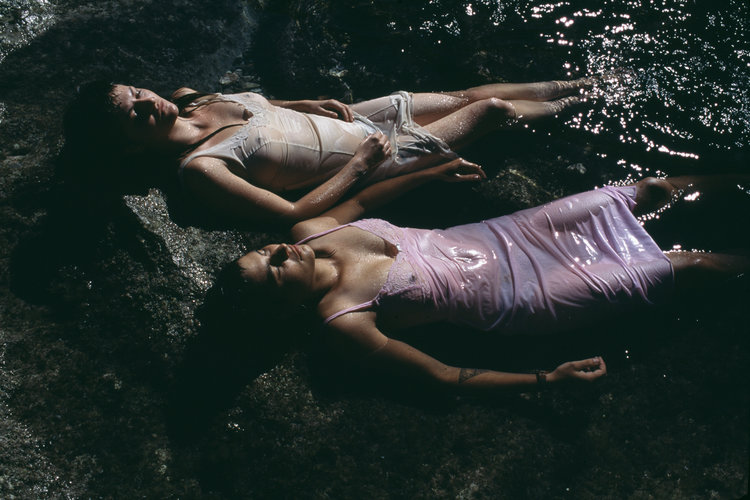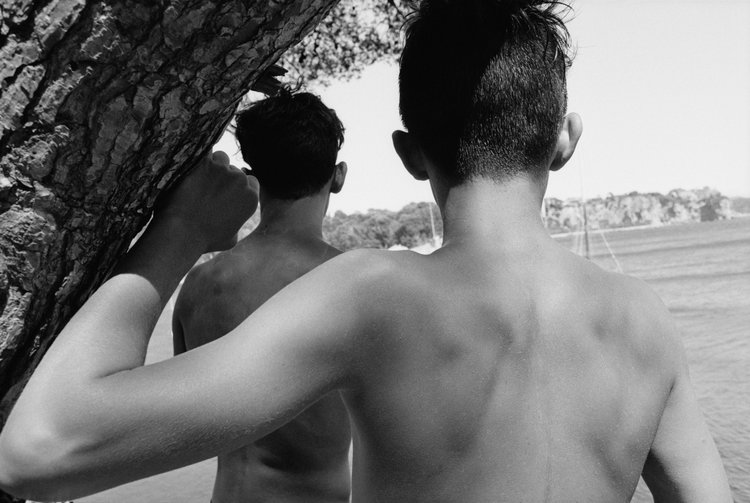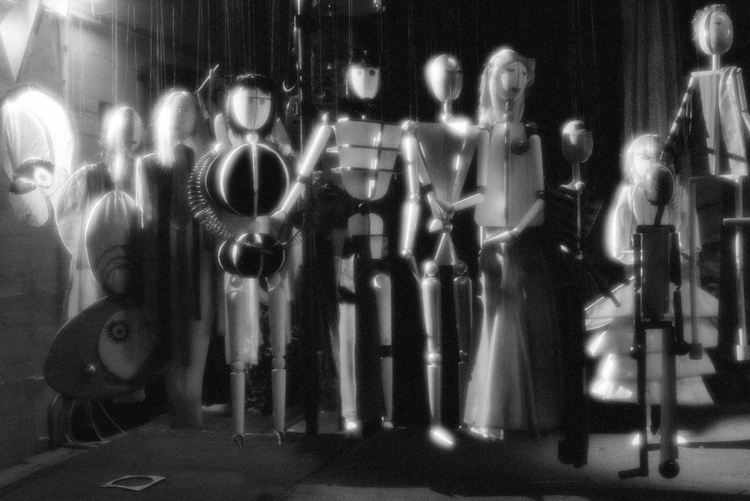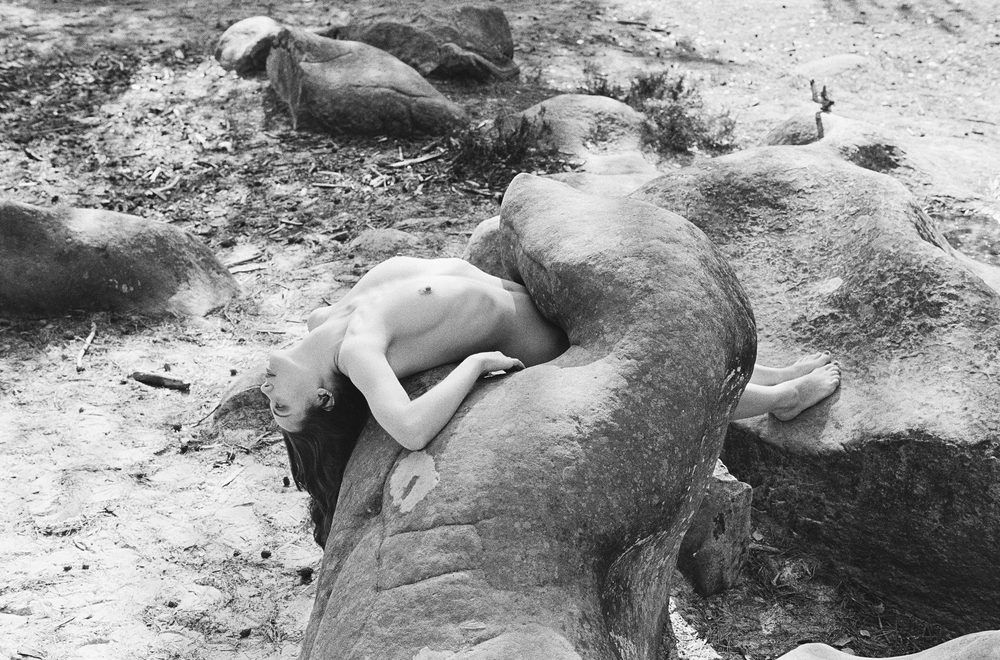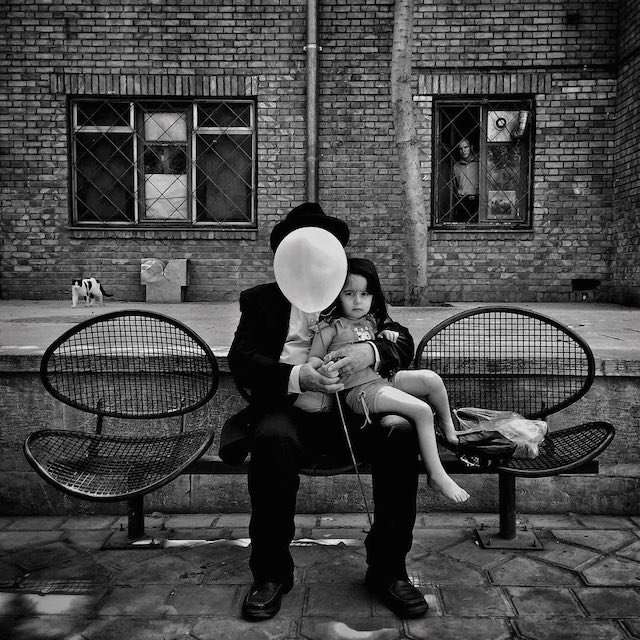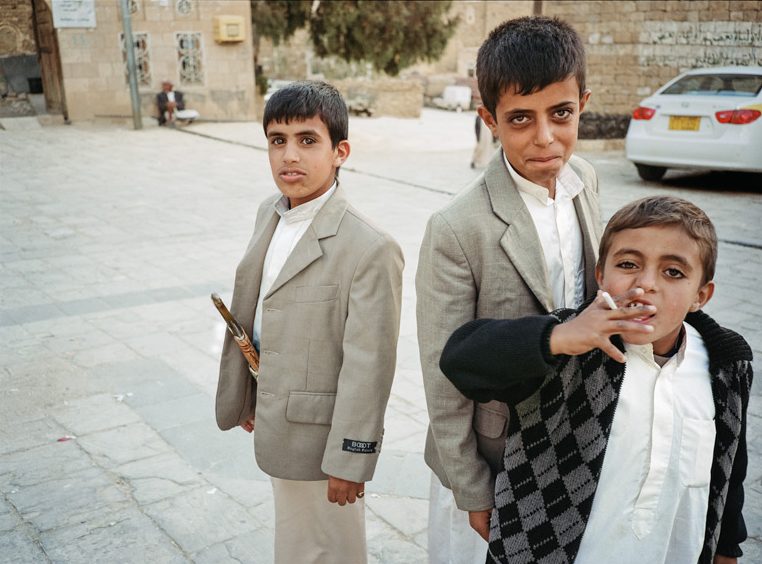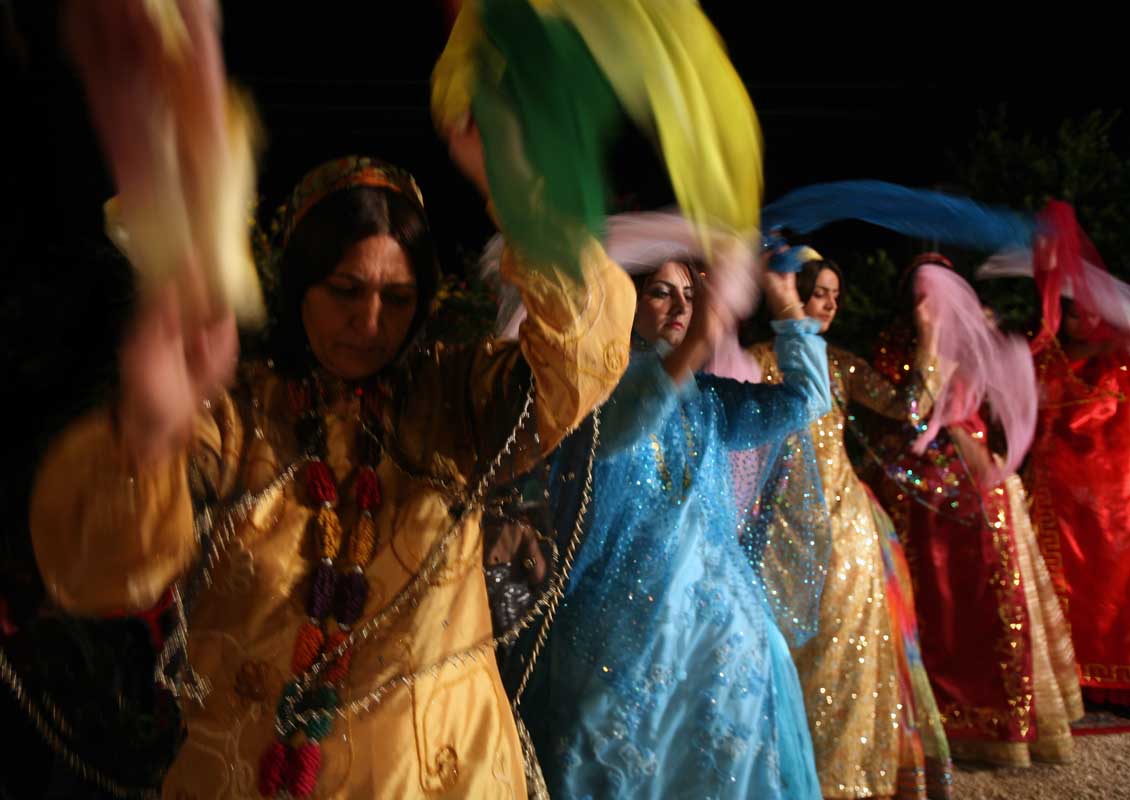FATIMAH HOSSAINI, Beauty in Exile
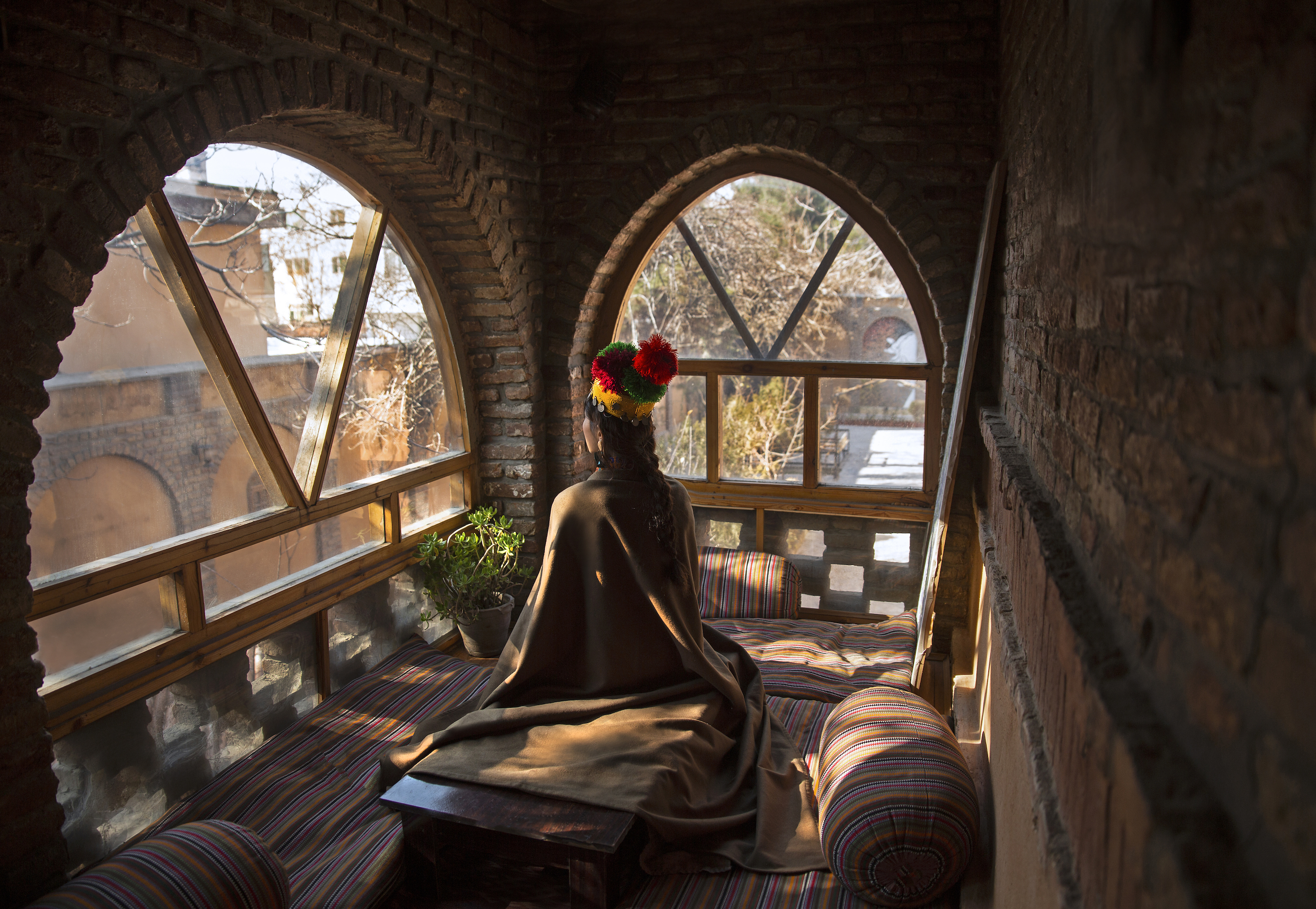
To know you better, could you tell us about you and your first steps in photography?
To know me is to understand where it all started.
My grandparents fled from Afghanistan to Iran in 1918, during the Soviet war. My parents also grew up in Iran. Even though the new generations started in Iran I could not be an Iranian, You must have Iranian parents, it is blood-related.
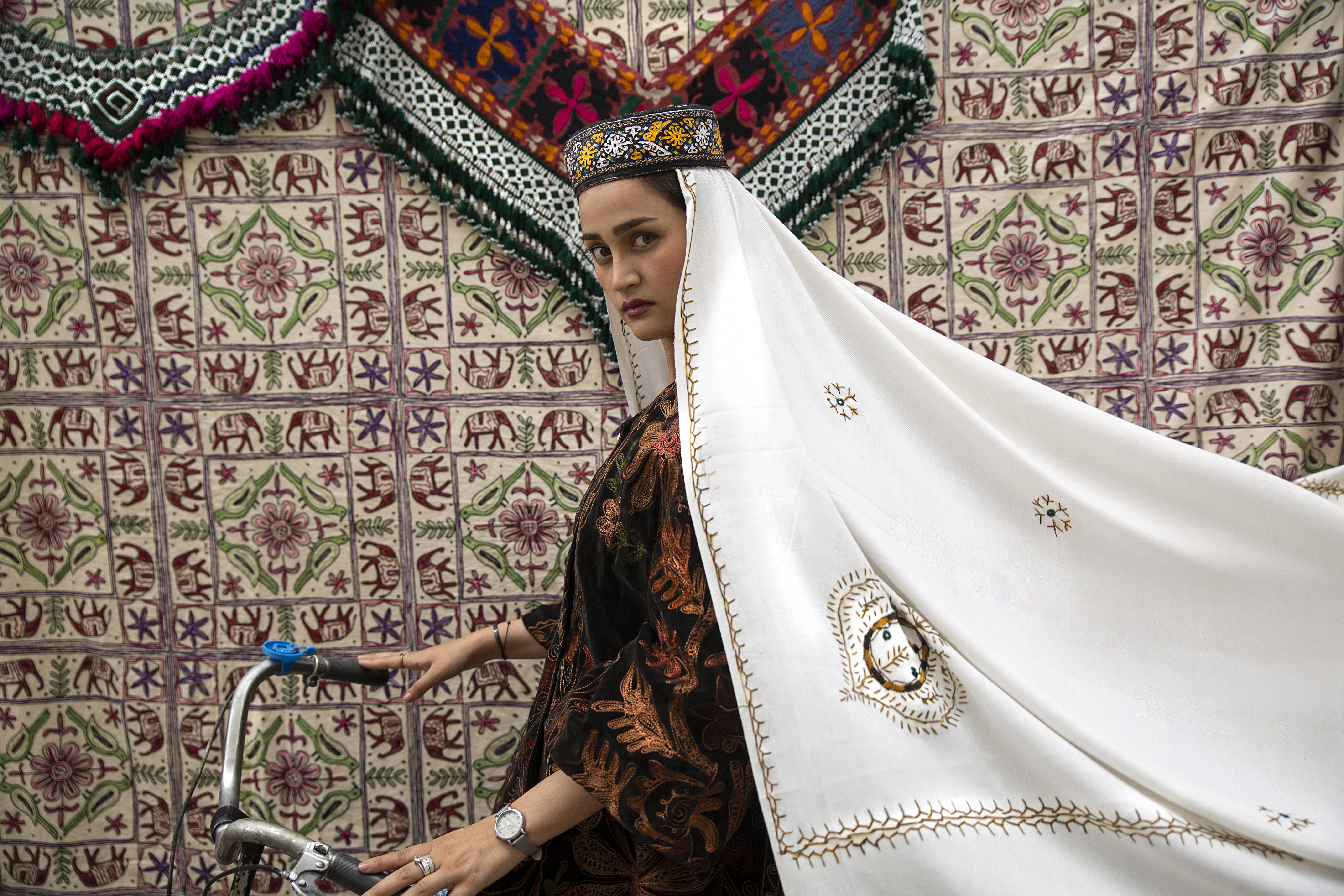
When I was 14, I started going to painting classes. Art was serious for me but not in an academic way. I didn’t think it could change my life. When I started mathematics in school, my parents wanted me to be an engineer so I started engineering studies for 4 years: the worst years of my life. In the last year of my studies, I started photography classes. This medium allowed me to be faster than with painting and I thought that maybe it could get me the result I wanted. After those classes and so many struggles especially with my family, I got a scholarship at Tehran University.
I started my second bachelor degree in photography. I was the failed engineer just starting photography from zero, it was a big deal for me and my family. I am the first child in a Middle Eastern family: Can you imagine? Then I was working in Iranian ateliers, I exhibited my work and I decided to go back to Afghanistan after my graduation.
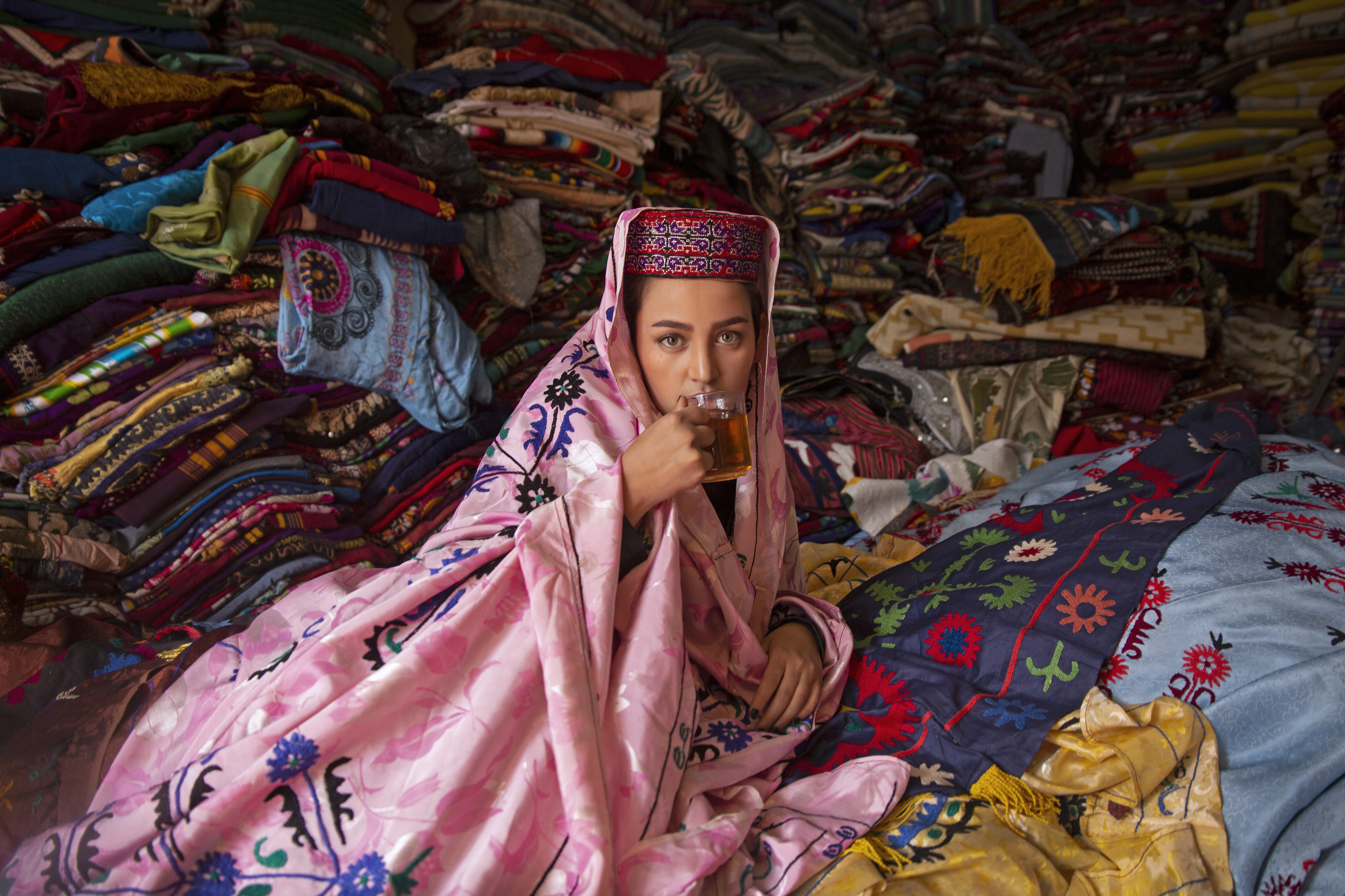
After my third time in Kabul, I decided to stay. I started teaching at Kabul University in the photography department. After the Afghanistan civil war, the level between the Kabul and Teheran universities was so different. I used to take books to Kabul from Tehran. At the same time, I established my organization Mastooraat Art Organization for Women and Art, the empowerment of women through art and photography.
The concept of being a woman is so beautiful.
As it relates to your organization, we would like to discuss the importance of women’s issues in your life and work.
For me, it is really important because of the context I come from. When you see in Paris how women are decision-makers here, I’m only dreaming we could have the same one day in Afghanistan. Maybe in 100 years. The concept of being a woman is so beautiful. When I think about Afghanistan, it was always because of men. They started the wars, but the victims were always women. When a country never sees a peaceful situation, it’s always because of disrespectful behavior towards women.
When a country never sees a peaceful situation, it’s always because of disrespectful behavior toward women.
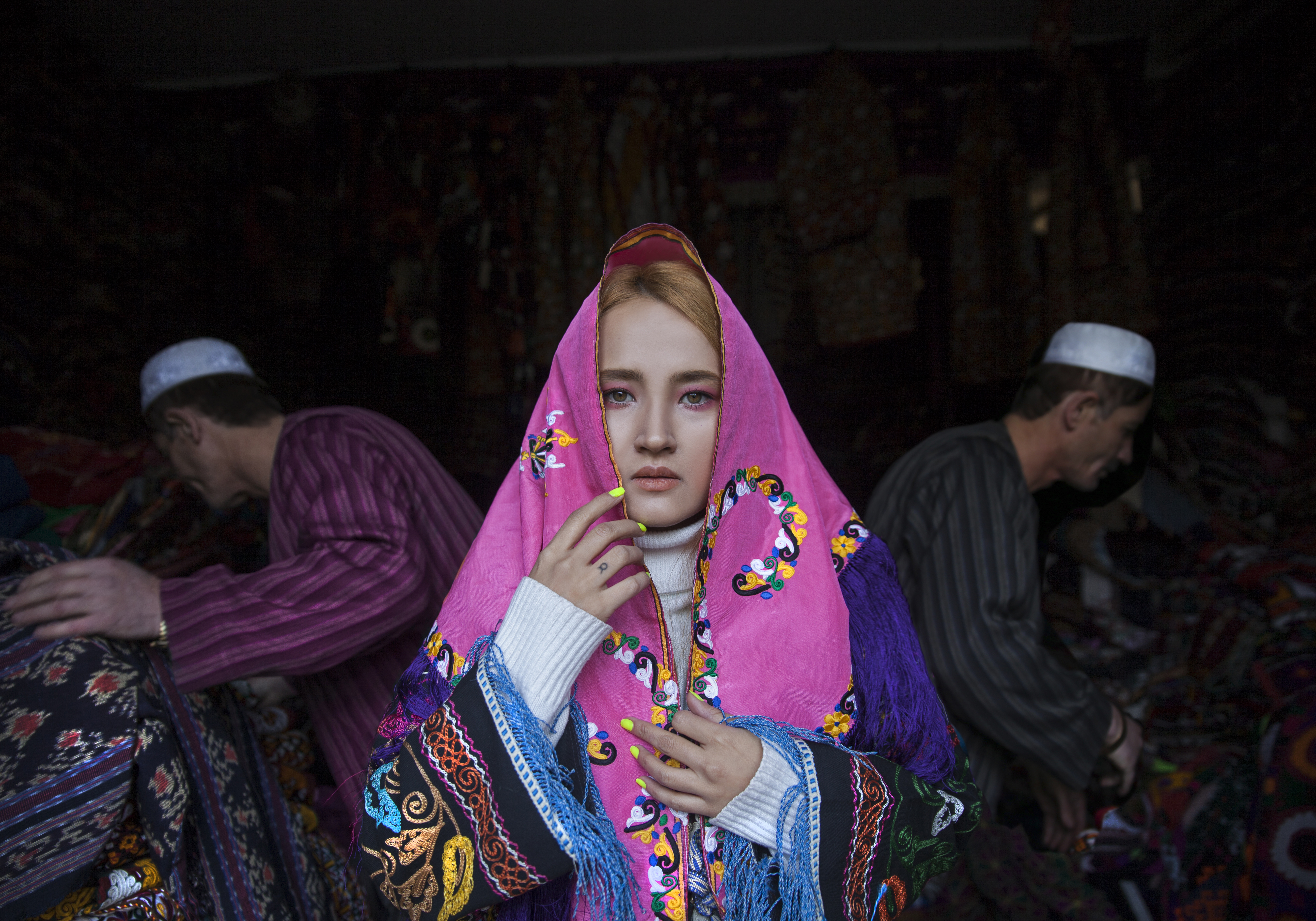
When I was in Tehran, I didn’t have a clear image of women in Afghanistan so I started « Beauty and War », a photo project that I really wanted to do. My sister and my mum were the first Afghan women who I photographed. When I went to Afghanistan, I realized how much colorful and beautiful it is and how nobody talked about it. I think that sometimes images like photos are stronger than words, and it was for me a way to express my feelings.
In Kabul, I made real friendships that allowed me to ask these women to take their pictures. I think you have a very clear and honest perspective when a woman is in front of you. As an Afghan woman, I went through the same struggles as these women, hence I could understand them well.
As an Afghan woman, I went through the same struggles as these women hence I could understand them well.
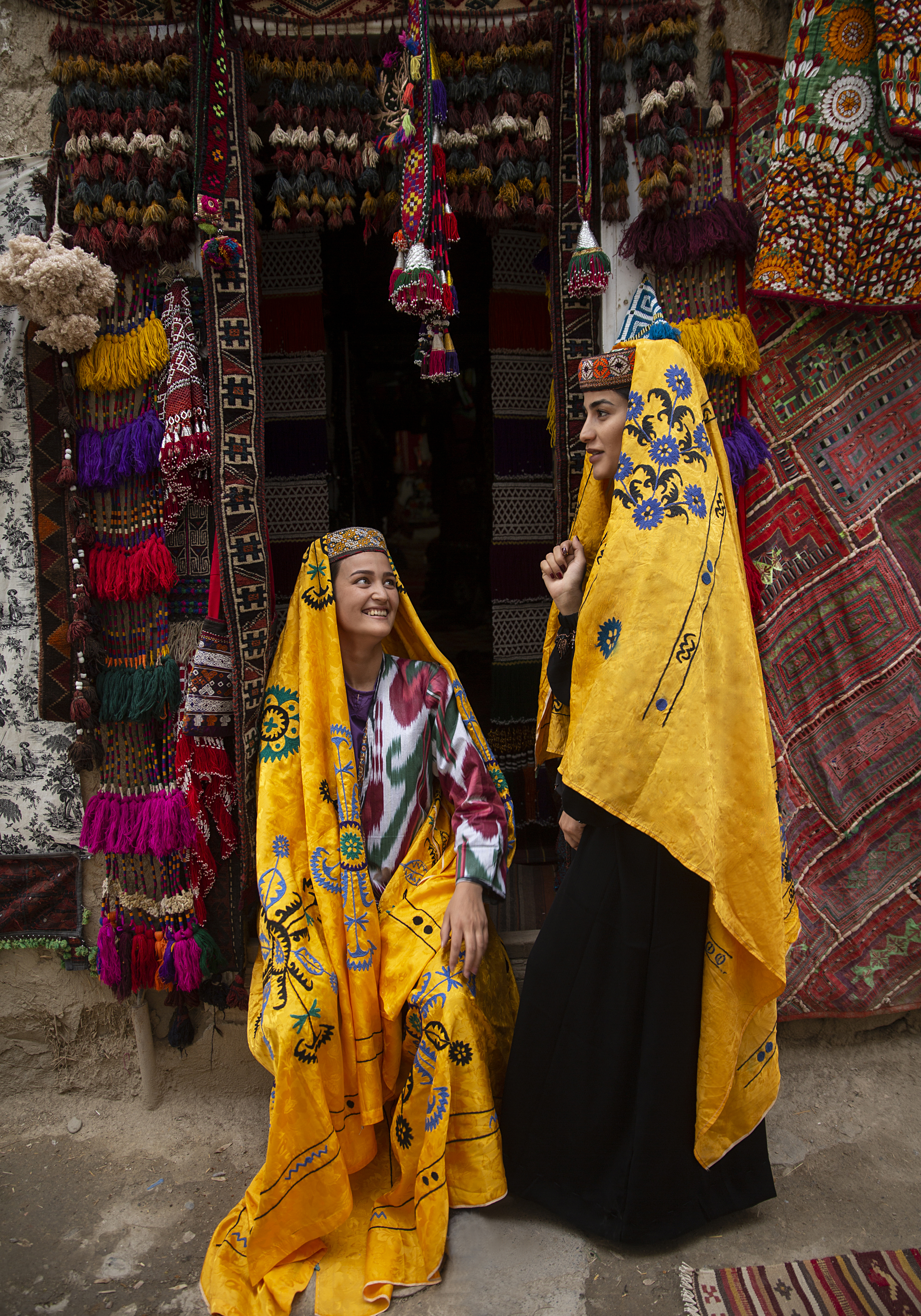
How did you distance yourself from documentary photography or photojournalism?
Some of my pictures are natural and spontaneous. My work is a mix of staged and unstaged photography.
I always had an imagination and a vision about the Kabul streets or the mountains. My work is not real but it also is. These women are real, these shops and textiles are real, everything is real. But when I was looking at these shops, these mountains, it was always women’s history and objects made by the hand of women I could see, even though all the shoppers were men. In Afghanistan, as a woman, my brother or husband would have to buy me the things I wanted. The women make the textile, the men buy it for the women. Taking pictures of women in front of shops is staged photography. This was all my artistic imagination.
It was real because of my artistic imagination, but not real, you couldn’t see women shopping in Kabul.
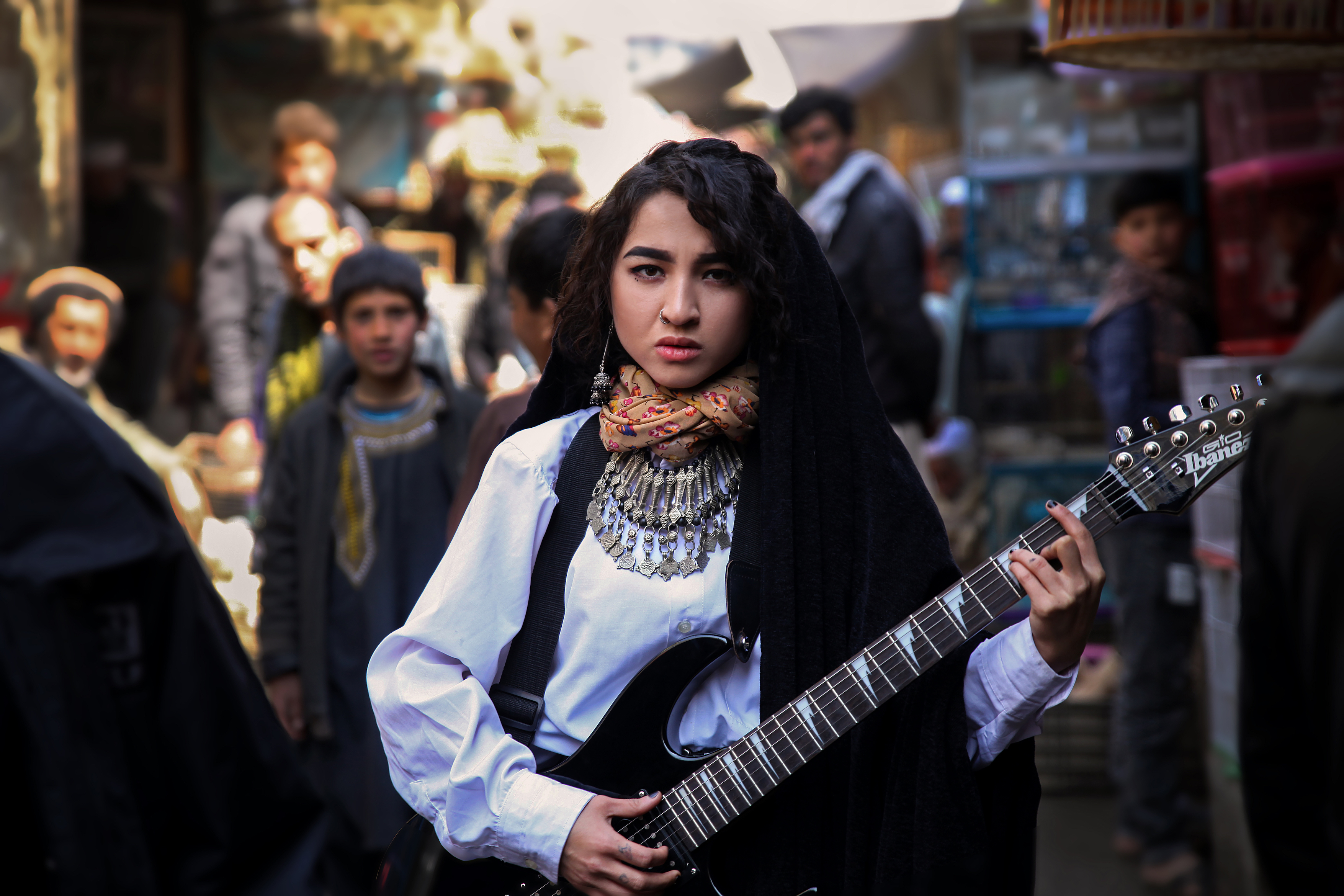
How difficult is it to talk about the women’s issue in Afghanistan?
After the Civil War, many things have been taken away from us in Afghanistan, even colorful and positive things about our heritage and history. When you see in my new project with beautiful textiles and jewelry, is about heritage pieces made by women. Women made the cultural heritage, it is also a women’s story. When they were posing in front of my camera, there was a shame, a result of a special code of behaving that I could find in Afghanistan. We have many restrictions from society. I come from a very religious and traditional background; so it’s still not easy for me to reveal myself in front of the camera. I’m still uncomfortable with my body.
Women made the cultural heritage, it is also a women’s story.
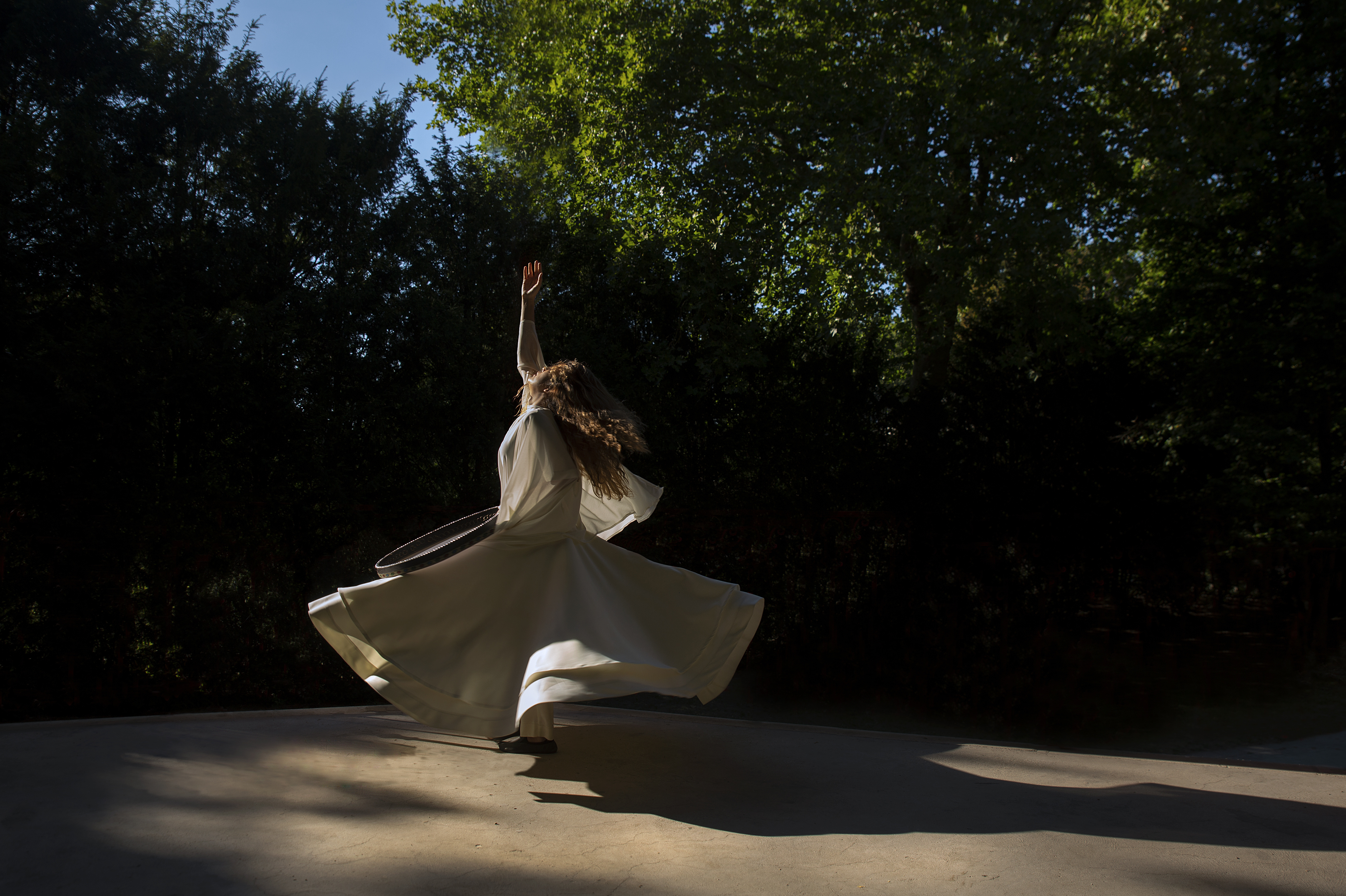
Afghanistan is a state of men. In my photo projects, I had many problems with the publication of these women’s photos, even with the process of talking with them. Standing in front of the camera is already really complicated for these women.
By telling the stories of these women, by telling untold stories, I can give them a voice. I think I am responsible for telling the stories that I captured with photography through my activism. Women’s life under the Taliban regime is quite, at least I captured those last years of little freedom.
By telling the stories of these women, by telling untold stories, I can give them a voice.
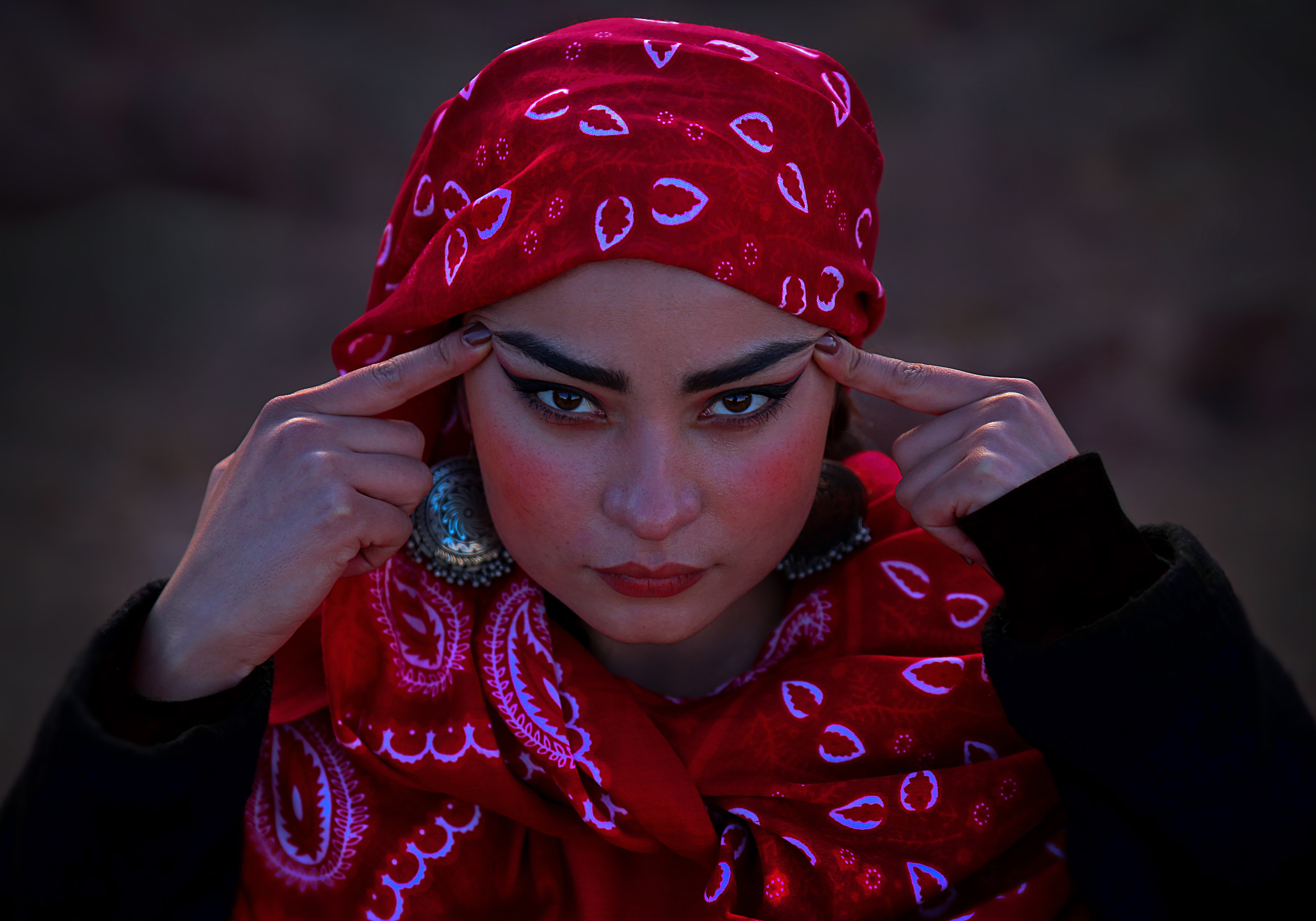
I have regrets, If I had more time and freedom I could have done more.
Why did you choose a portrait to represent women? What were the consequences?
Portraits are more intimate, I want to give my perspective on women’s history. The identity of my models is women, not Pashtuns, Hazara, or Tadjik. Being a woman can be my identity, being Afghan can be my identity, and being Iranian in heart can be my identity. I mix these identities. In the series taken in the Zahak mountains in Bamyan, a Hazara area, the model is Tadjik from Badakhshan wearing traditional Hazara clothes. The red of the textile is a response to the genocide of the Hazaras.
Being a woman can be my identity, being Afghan can be my identity, and being Iranian in heart can be my identity.
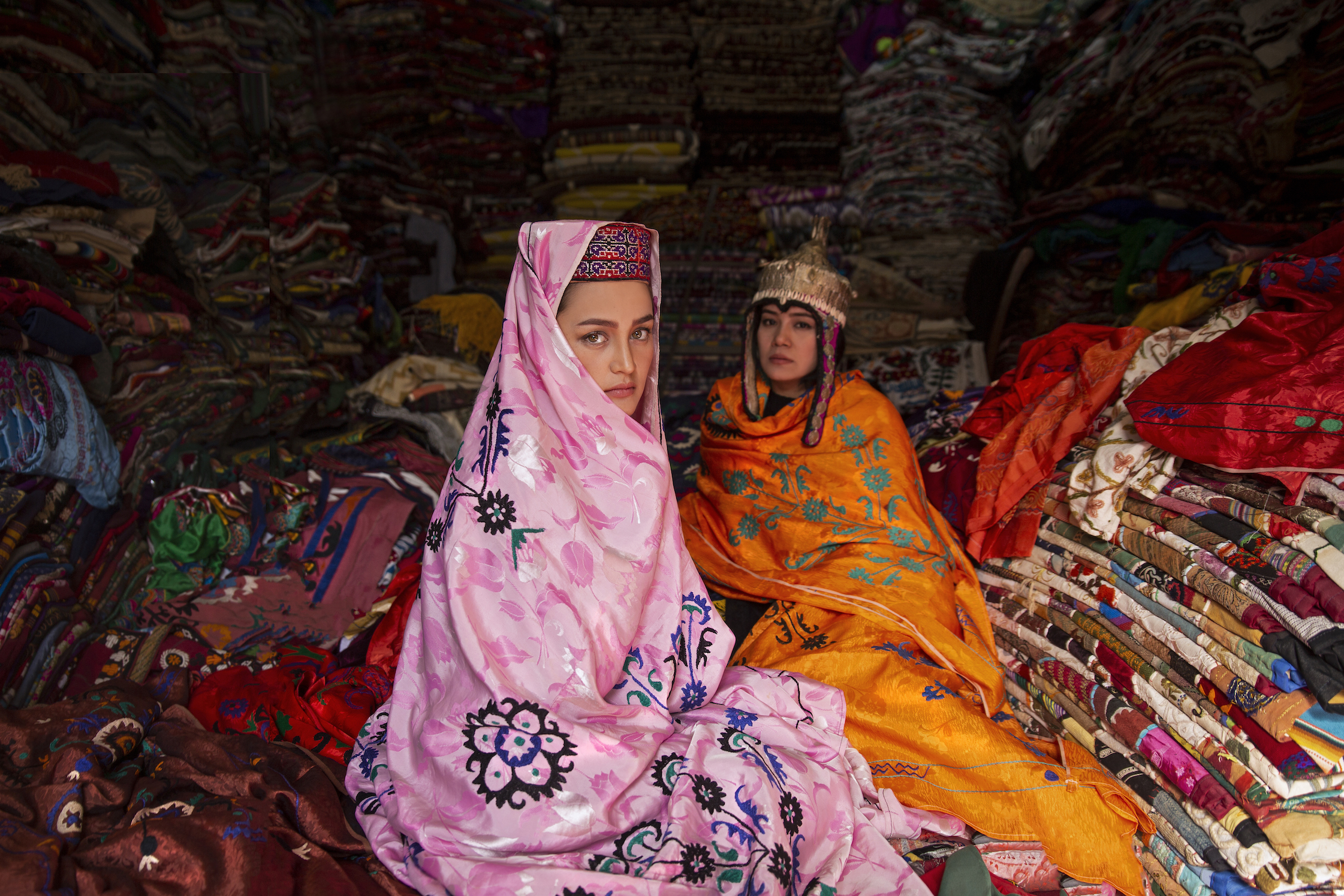
In my work, you could see beautiful women in the streets but there is more to be told. Their stories are central because of the Afghanistan context. I was a minority, a Hazara, hence I was more of a target with my almond eyes. Ethnicities have problems with each other especially Pashtuns, they think Afghanistan is for them, Hazaras are Mongolians, and Tadjiks are from Tadjikistan. It is not an easy problem. I put a Hazara woman next to a Pashtun woman, I got so much hate from these photos. In the first look, you can’t get it, the true narration is deeper.
You are in exile, disconnected from your roots and identities, how do you create?
I started my photo project in 2015 in Teheran, unfortunately, it stayed unfinished after the fall of Kabul and I was forced to live in Afghanistan in an American military aircraft. It was a very sad journey because I couldn’t believe one day I would be forced to leave my country as my grandparents did. I’m continuing to work, I’ve got a scholarship from the French Ministry of Culture. In a war context, exile is an easy choice but it’s a very heavy burden to bear.
In a war context, exile is an easy choice but it’s a very heavy burden to bear.
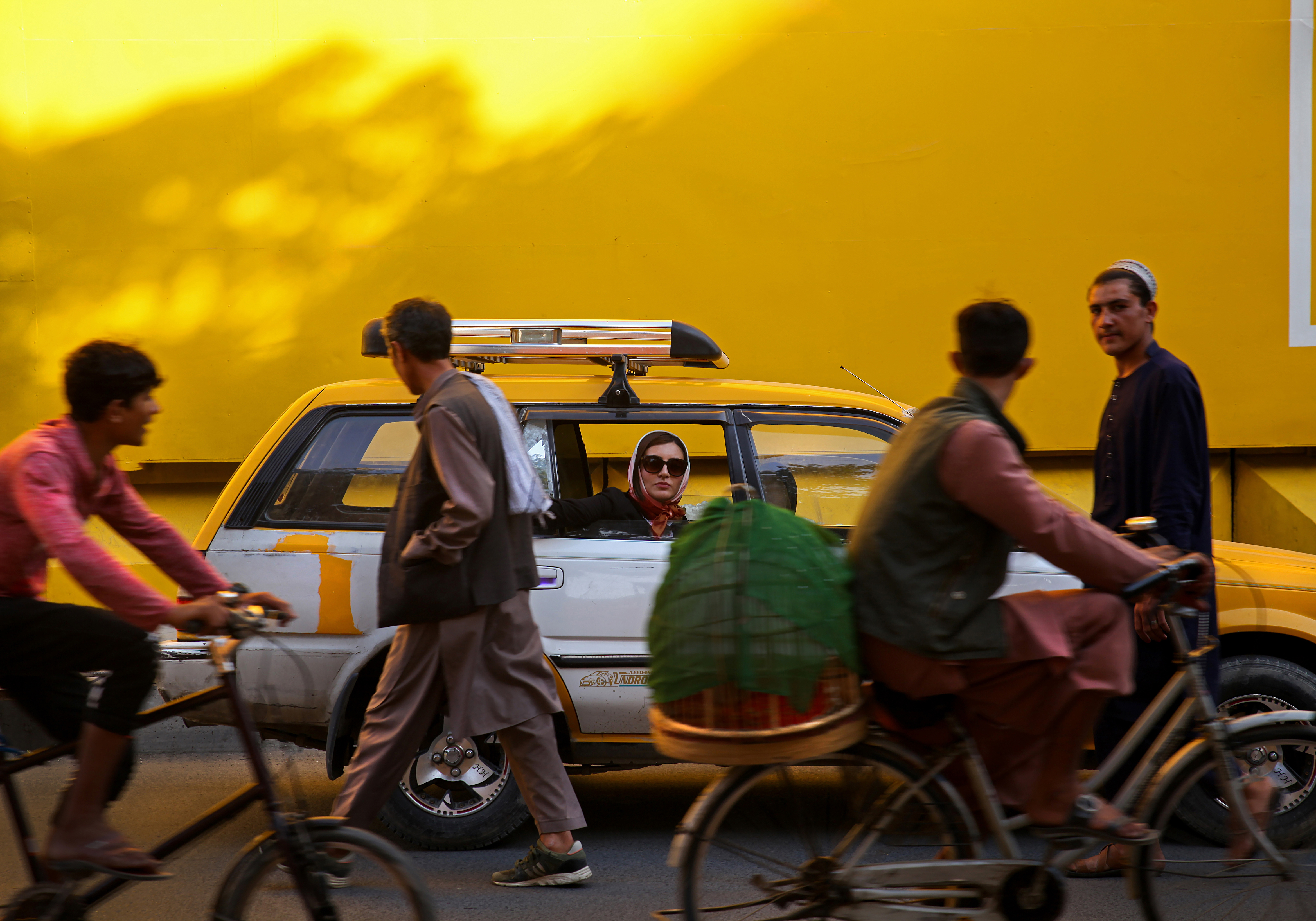
I took five pictures of women in exile to complete my project. Women in exile have stories about beauty, resilience, hope, and femininity. I found a new way to tell my story and the one of others. You can even see that the color of my photos has changed, I couldn’t find the colors of Afghanistan.
I’m now struggling with this new way of life, even though I had many opportunities and met amazing people. Exil is sad. I was just crying in the streets the first months I got here. Now I want to change the narrative. At the end of the day, it’s still not home.
At the end of the day, it’s still not home.
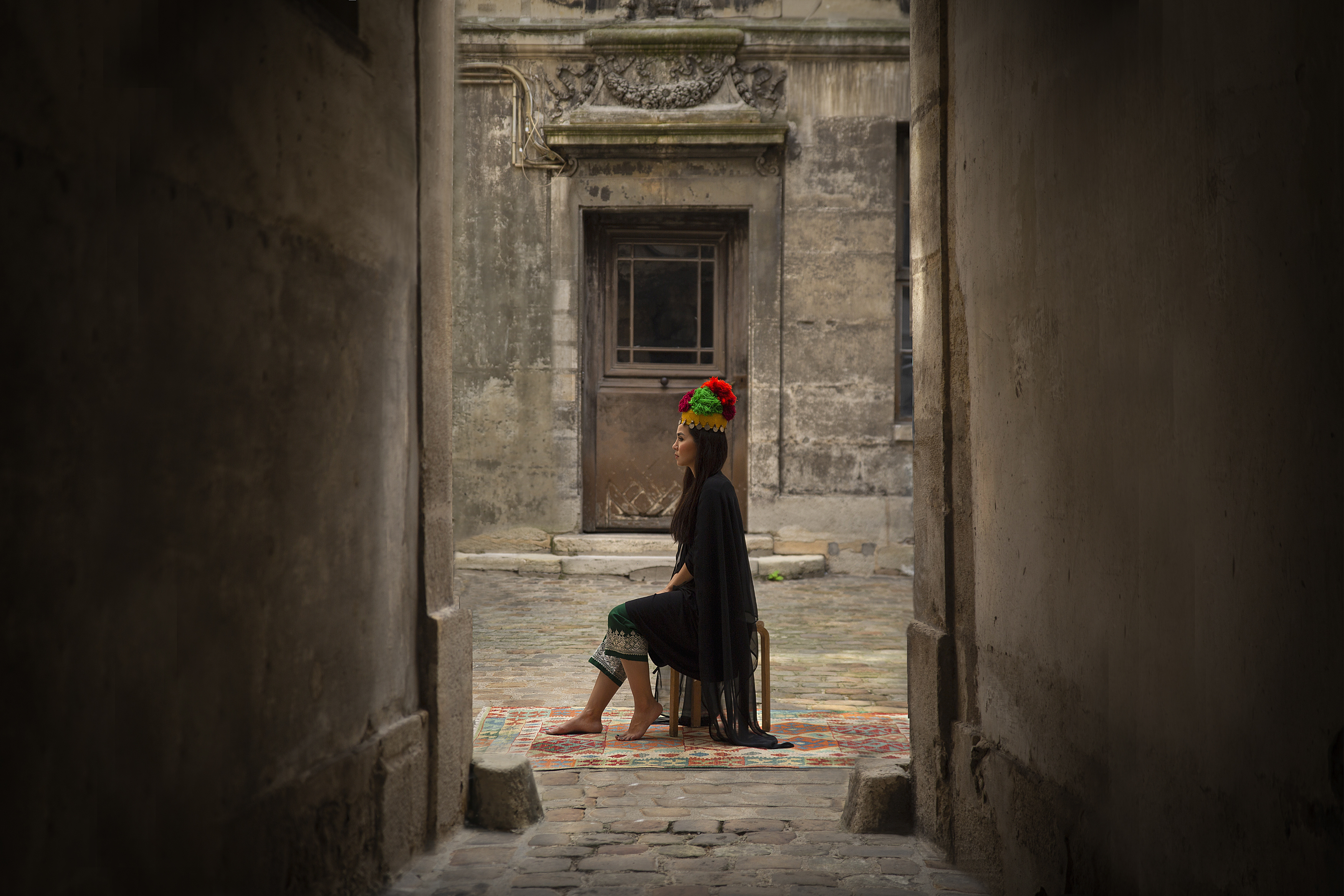
Are you always your model while in exile?
Yes, self-portraits. It is a big change for me. I did not make a lot of public self-portraits.
In my new series, I picture myself with Hazara gloves and a Hazara hat which was the only one I could take with me after the Kabul fall. I’m now my model. I find things here that take me back to Afghanistan, the small things. I find Afghanistan in my father’s music, his playlist. My last project is linked to a Hazara music played by my father. In my new series, I still can’t look at the camera.
I find things here that take me back to Afghanistan, the small things. I find Afghanistan in my father’s music, his playlist.
Next projects?
Now, I have zero connection with my main photo project, and that’s why I want to stop working with the Afghanistan concept. I will close it. I started new projects with central Asian women, in both Asia and MENA regions. It is still about telling the stories of heritage, roots, and connections. It will be a challenge. At the end of the day, it is the same as Afghan women but in another context. It is always women.
Fatimah Hossaini is the winner of the Habib Sharifi Prize x Société Nationale des Beaux-Arts in 2023.
Credits:
Coverphoto (Home) : Fatimah Hossaini
Photos: Fatimah Hossaini
Text: Raphaël Levy
Fatimah Hossaini’s website
Share this post
